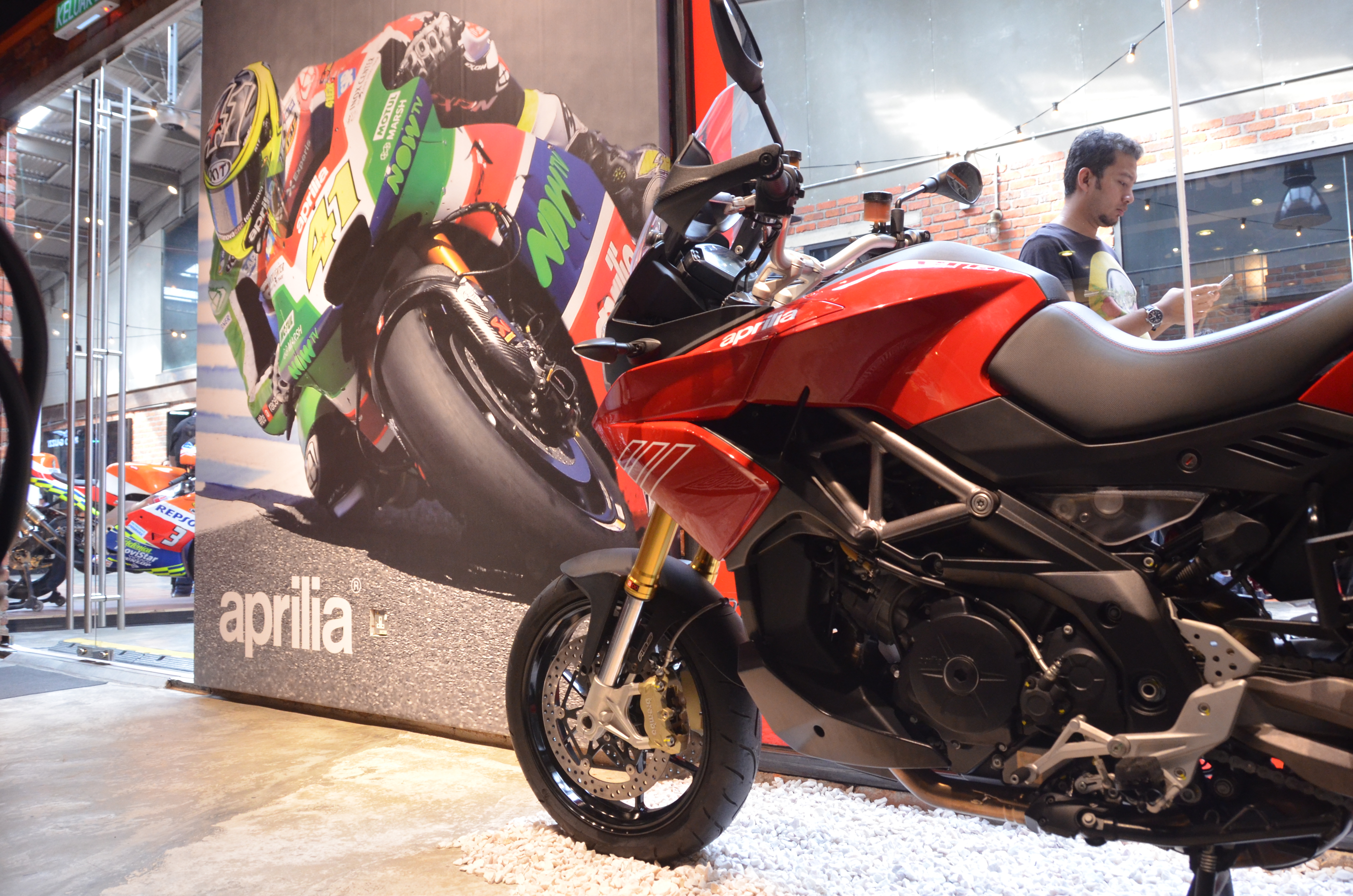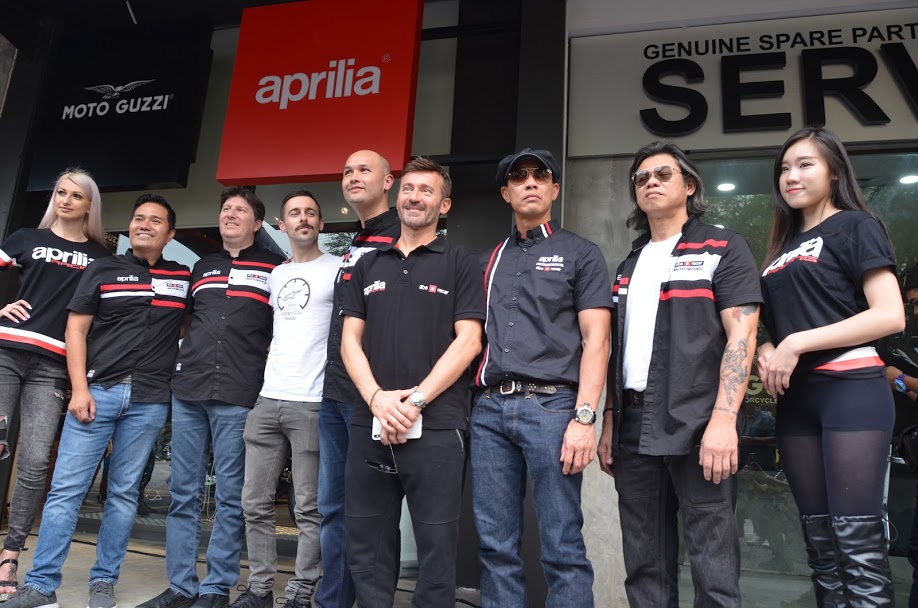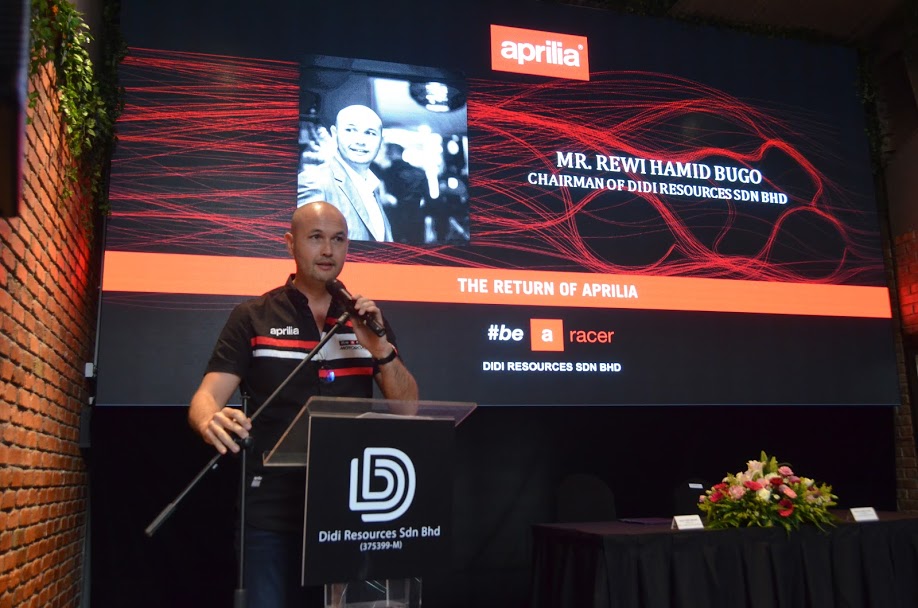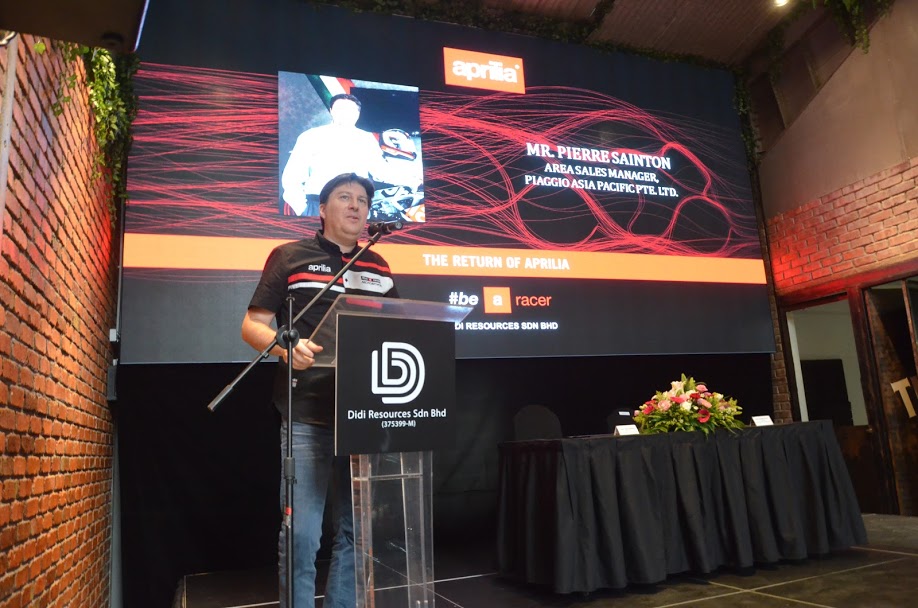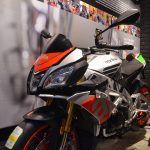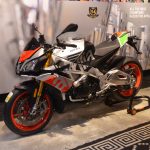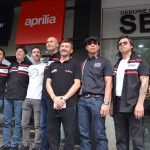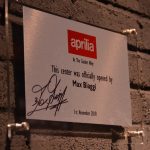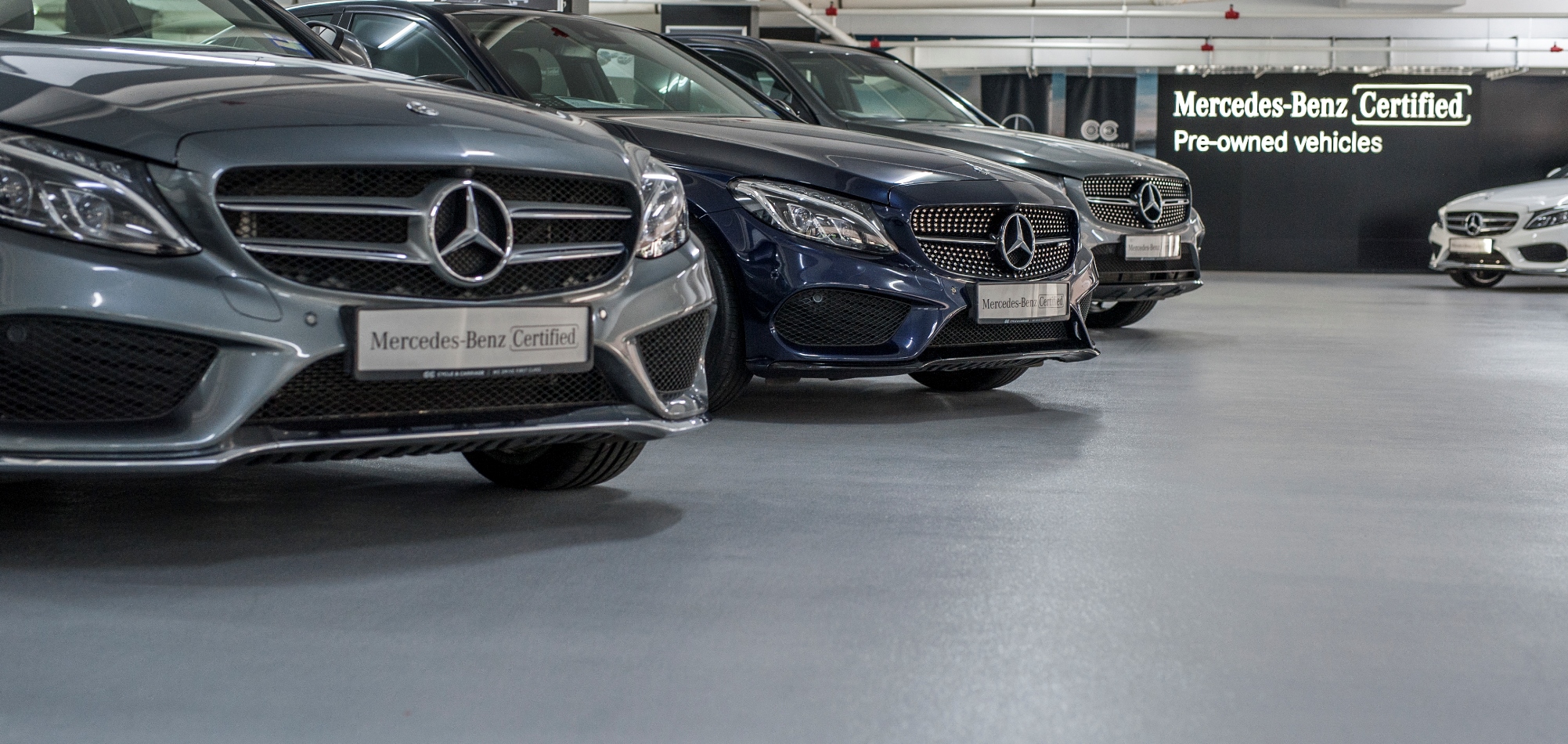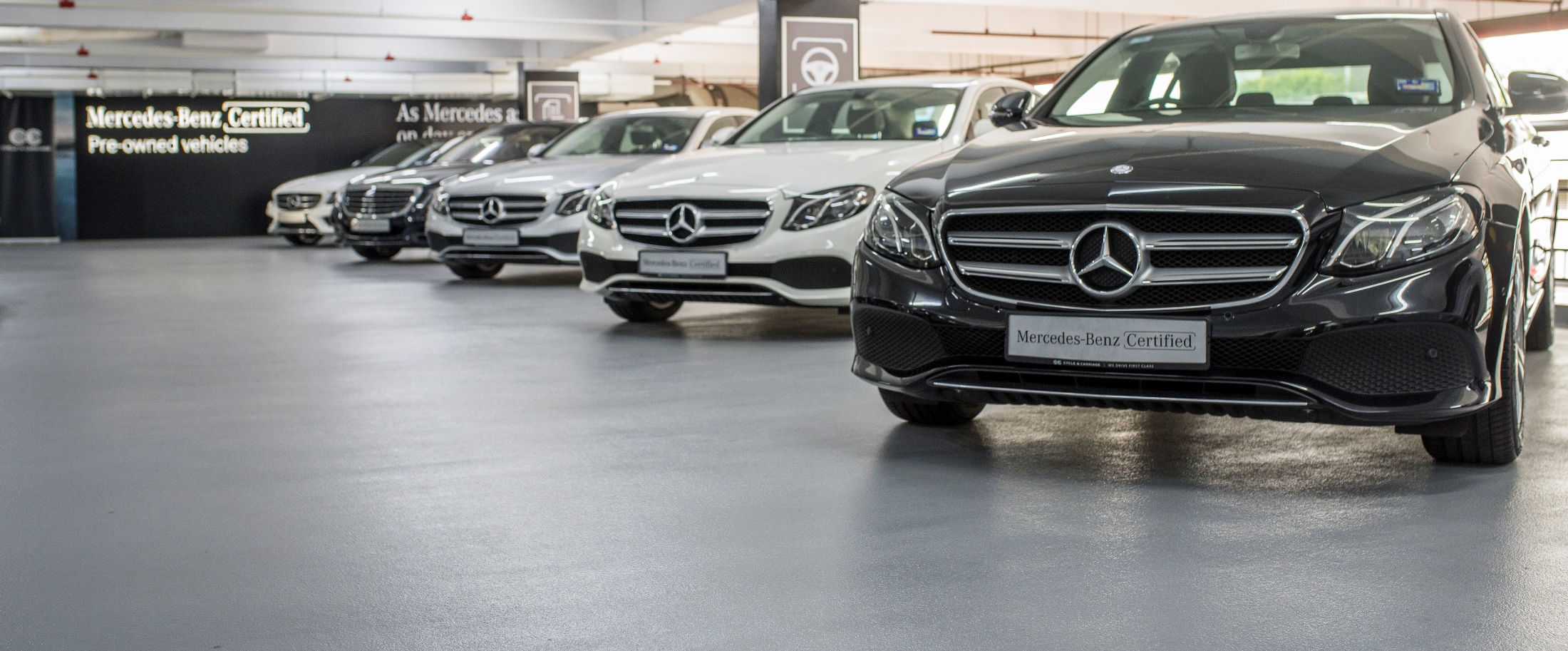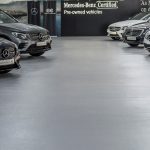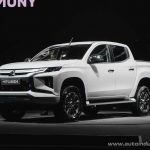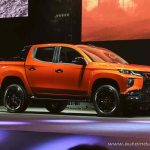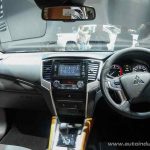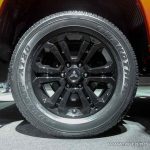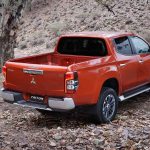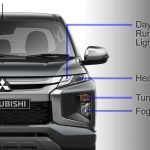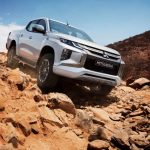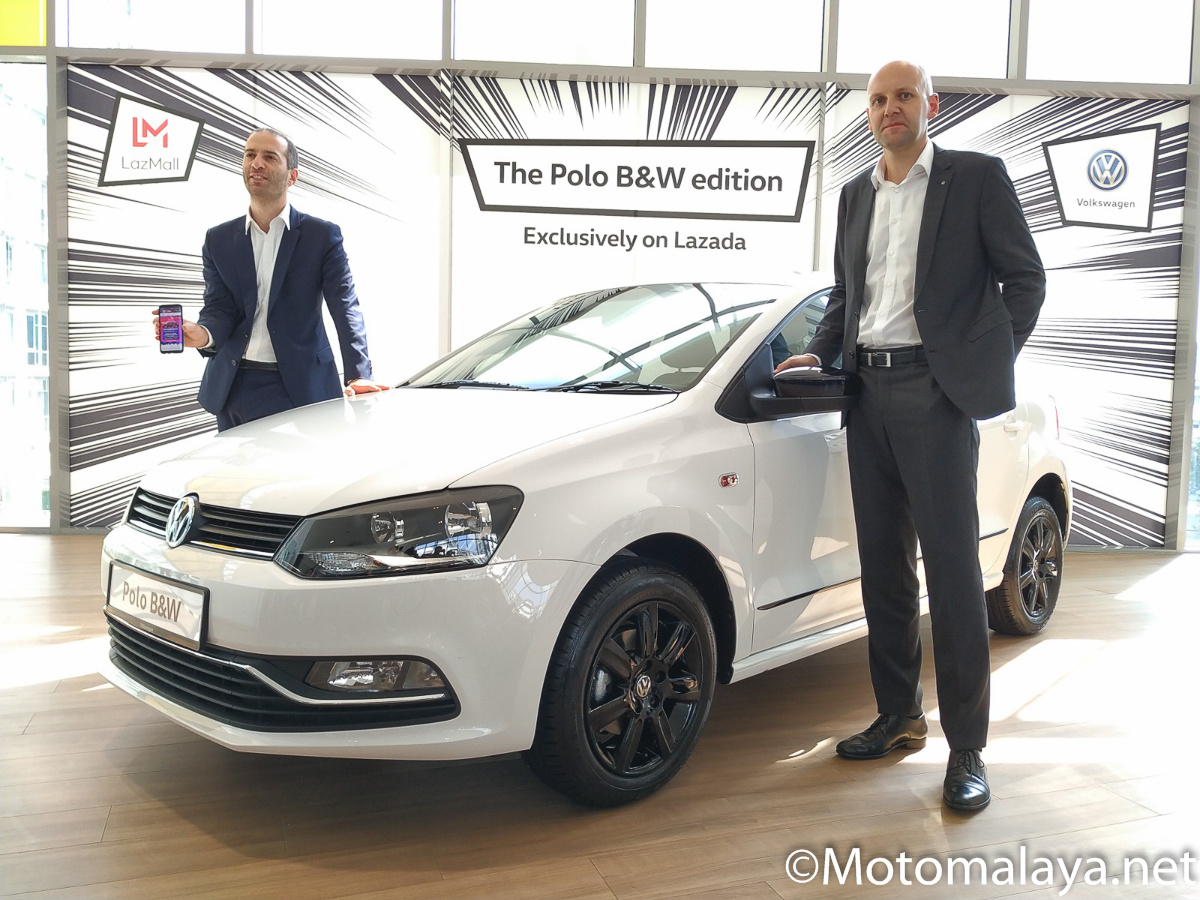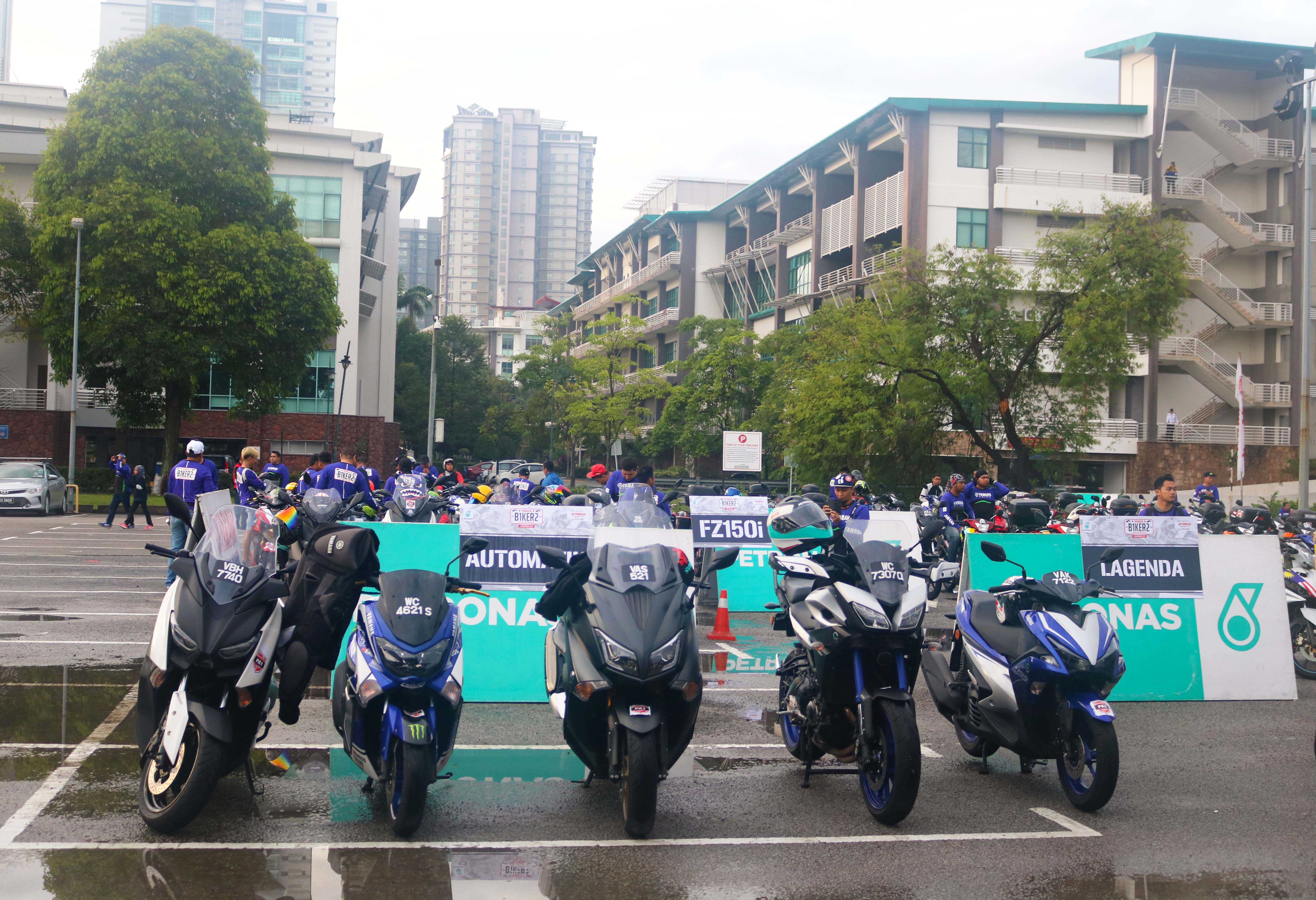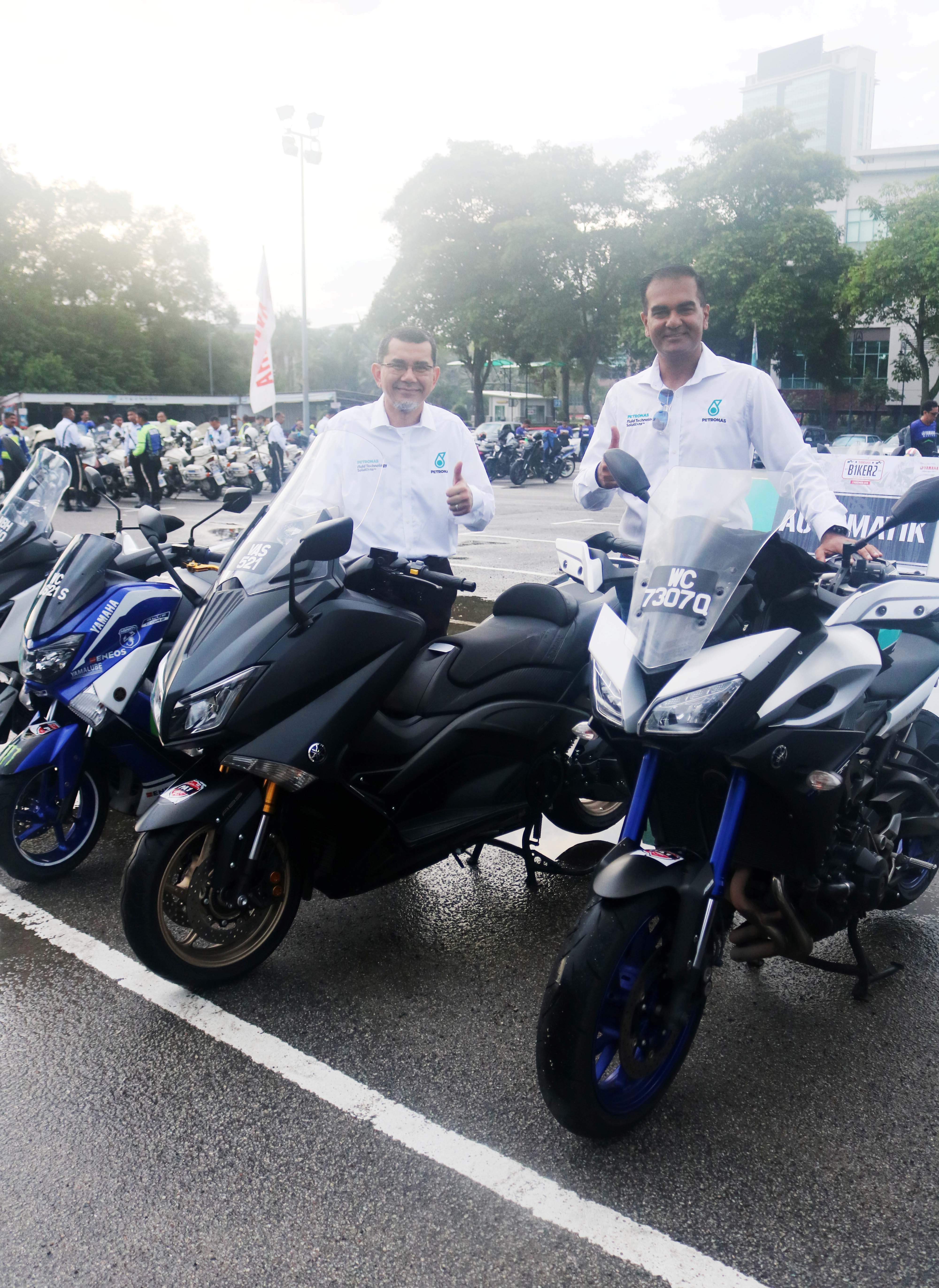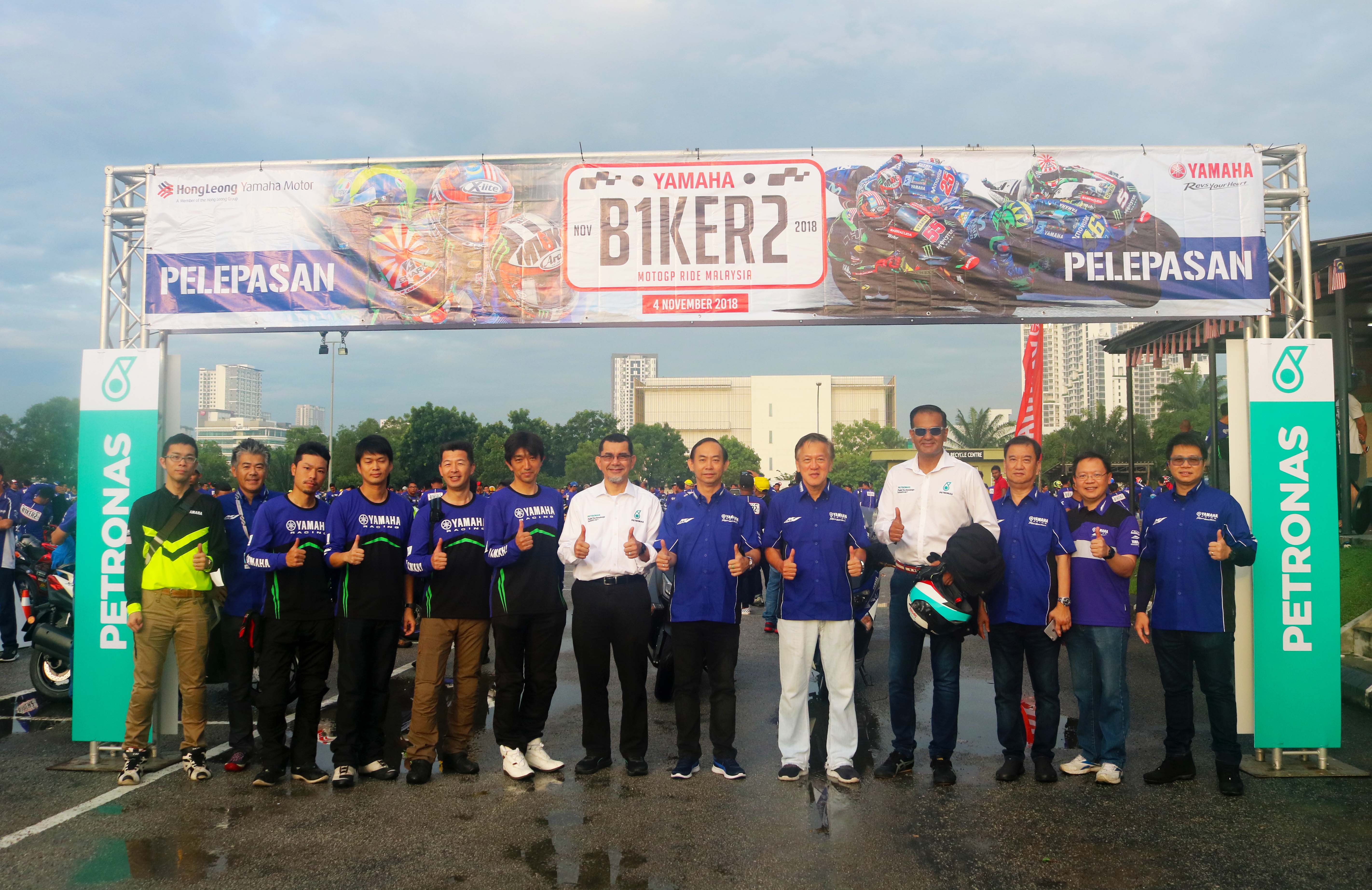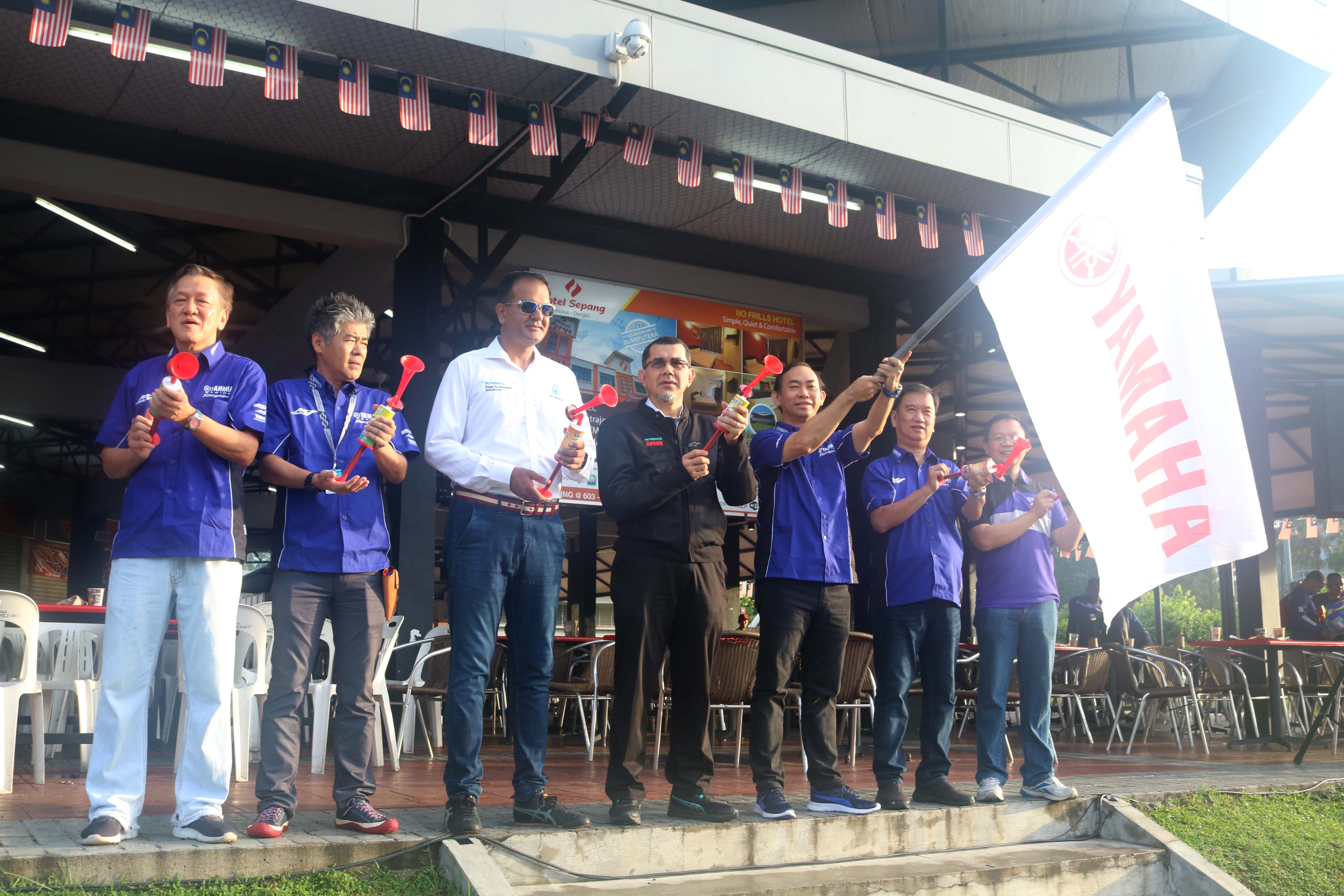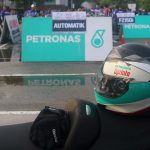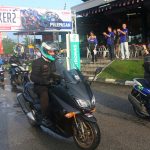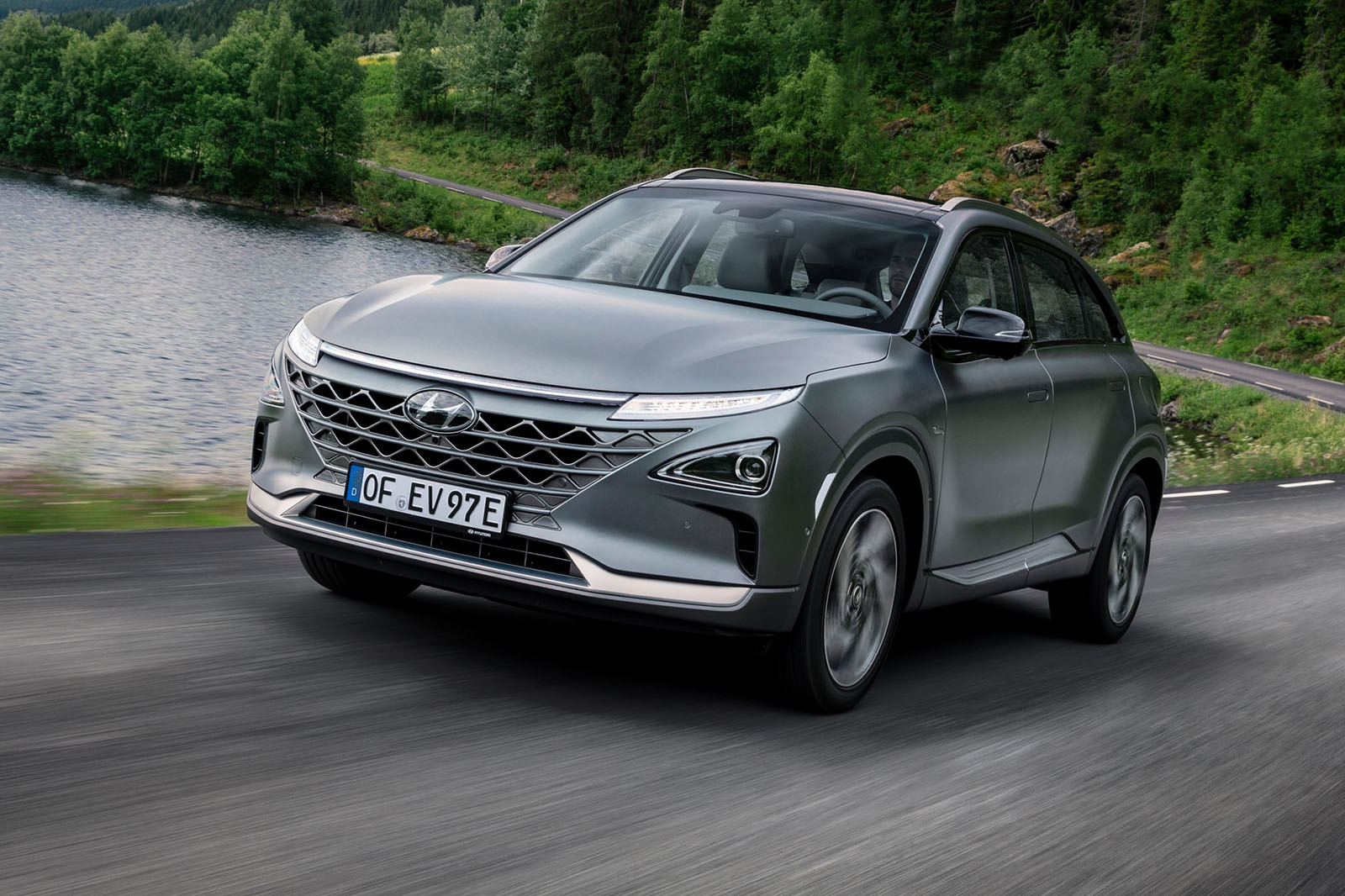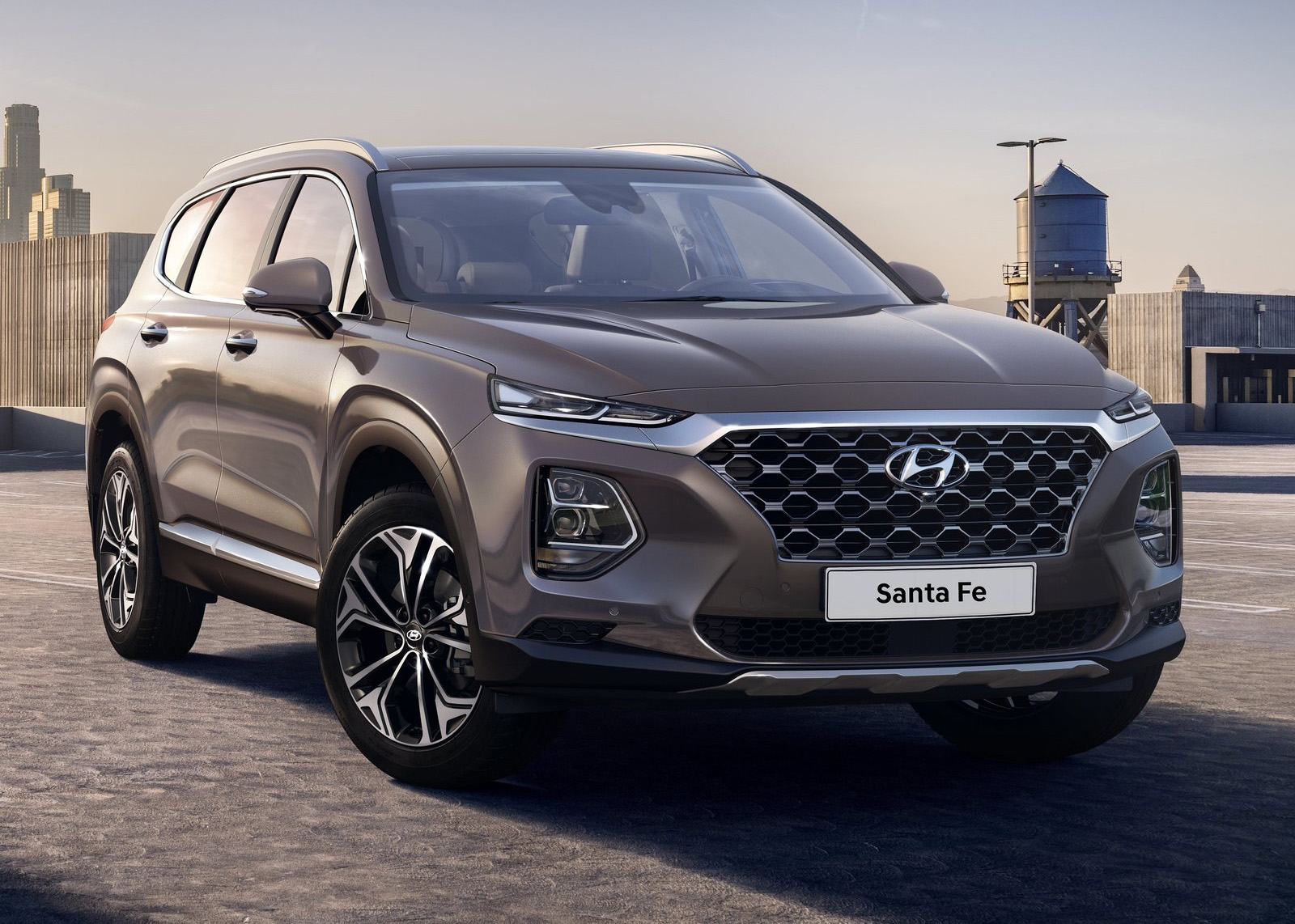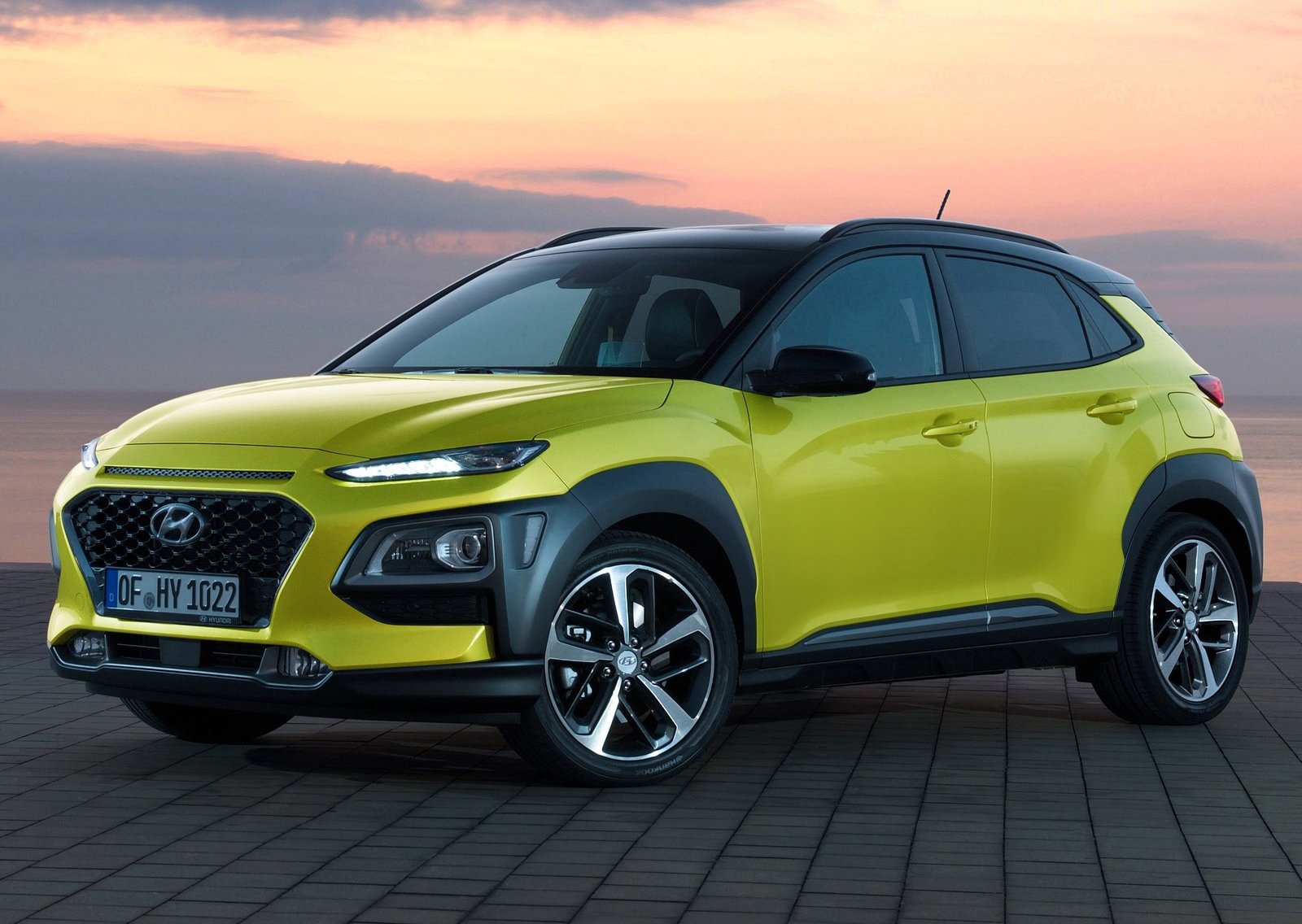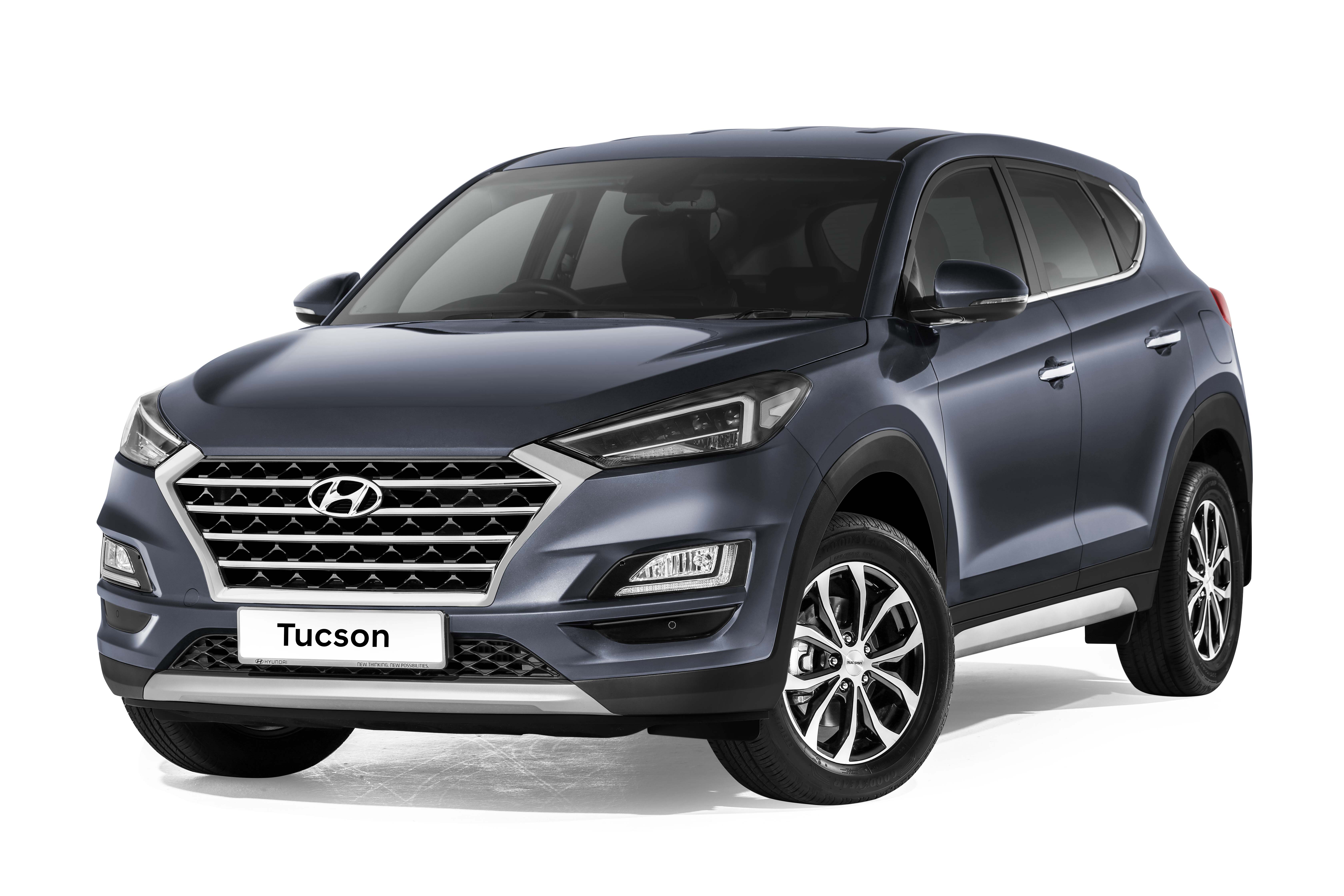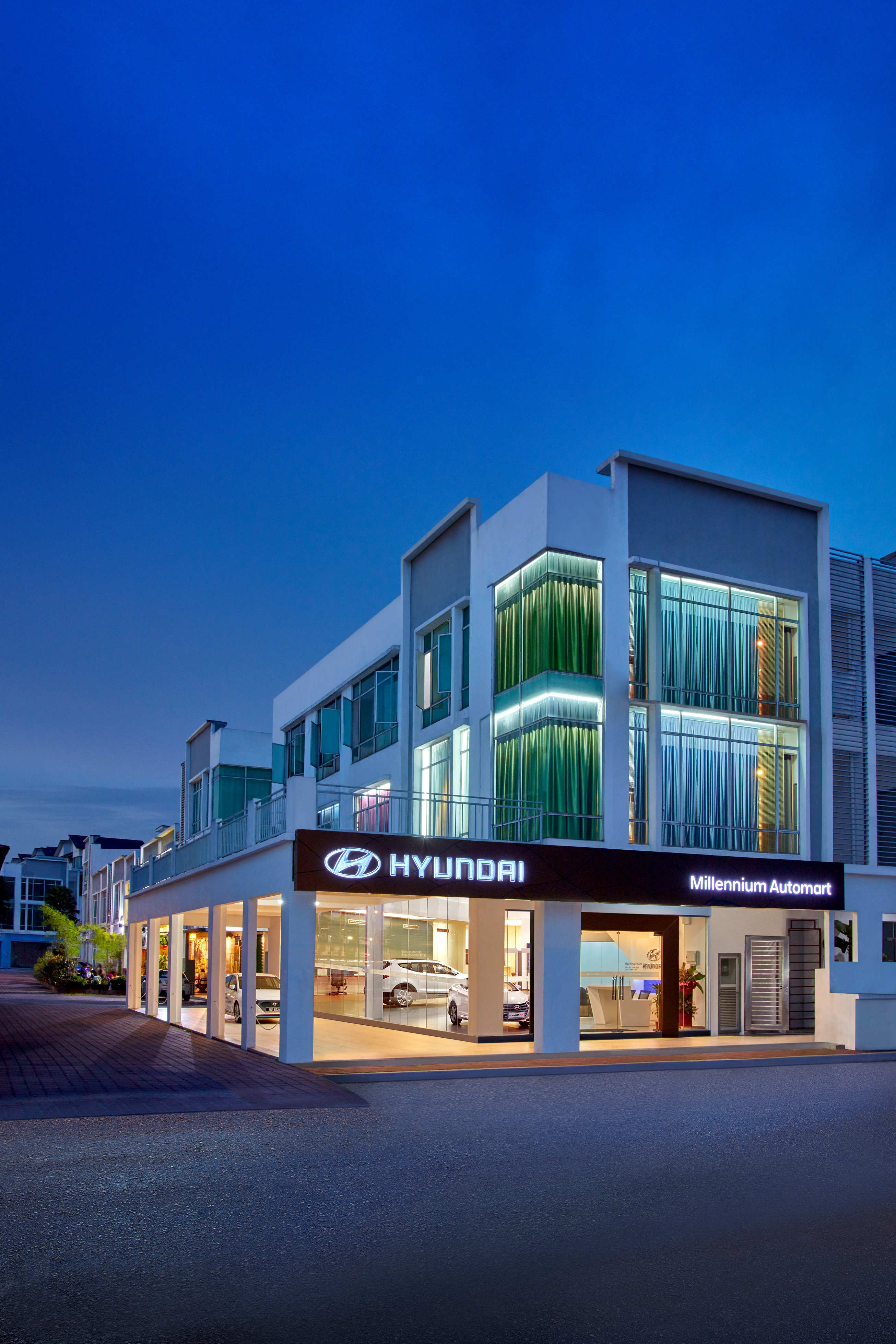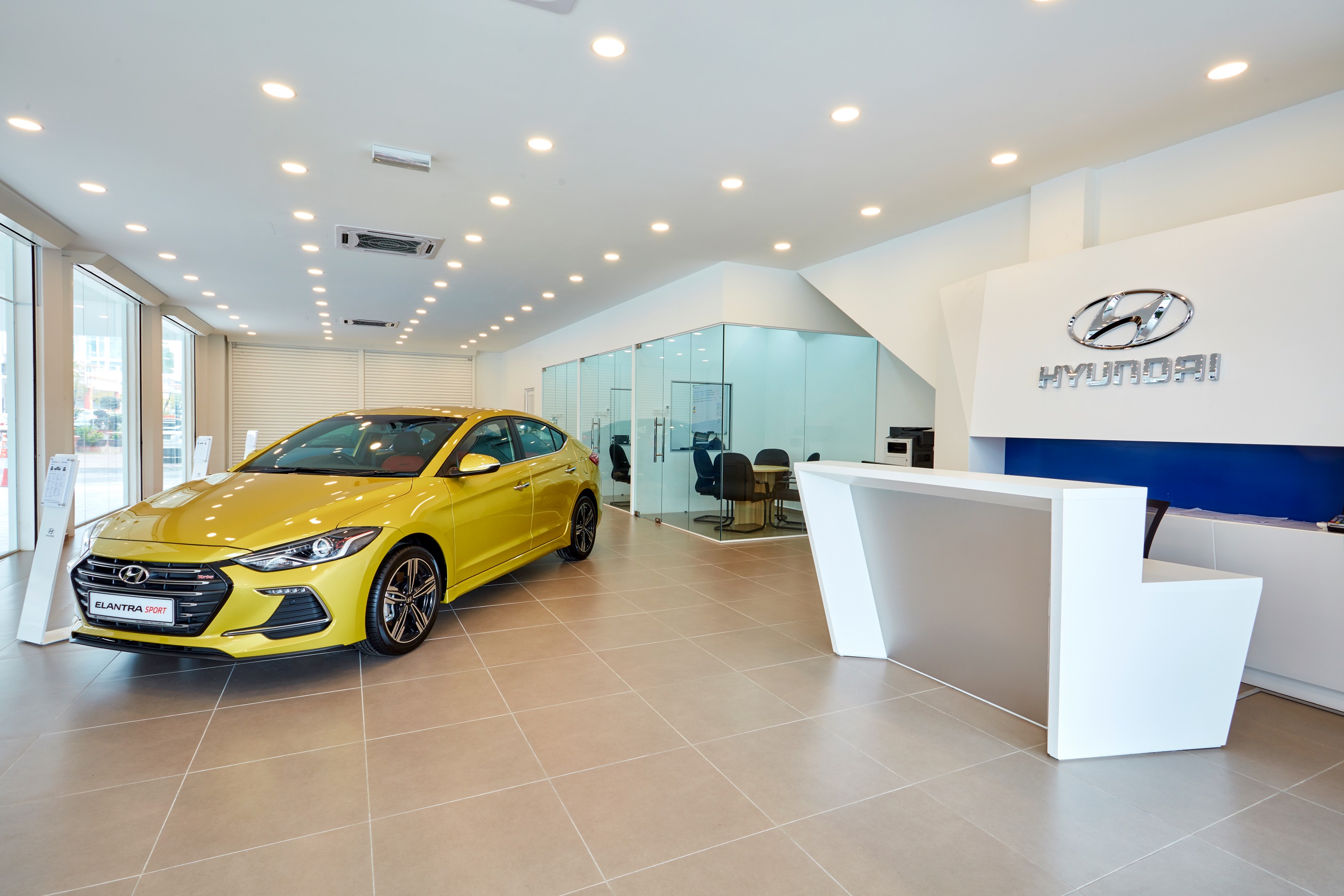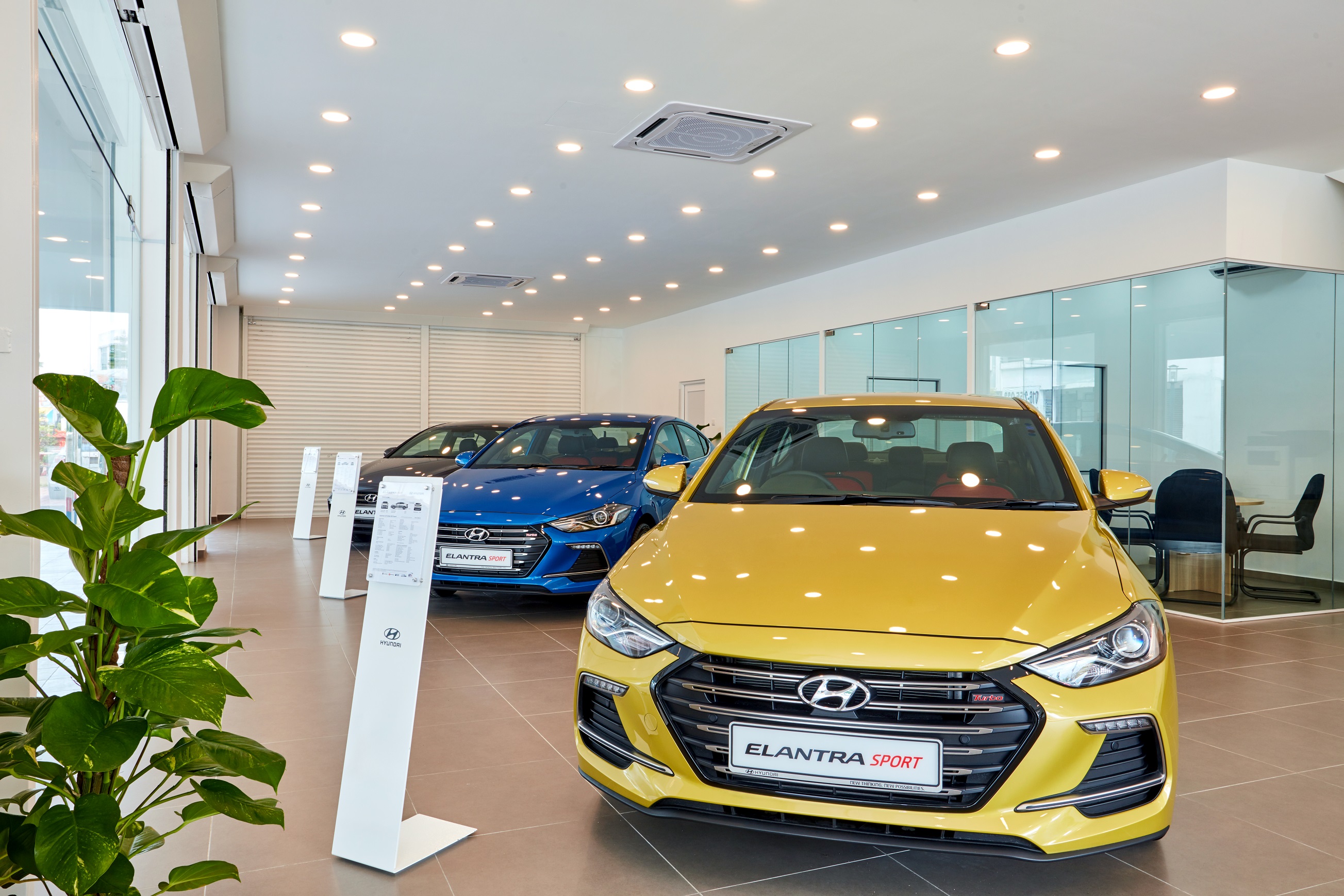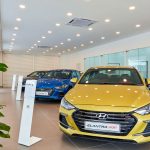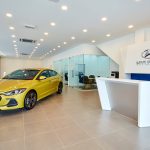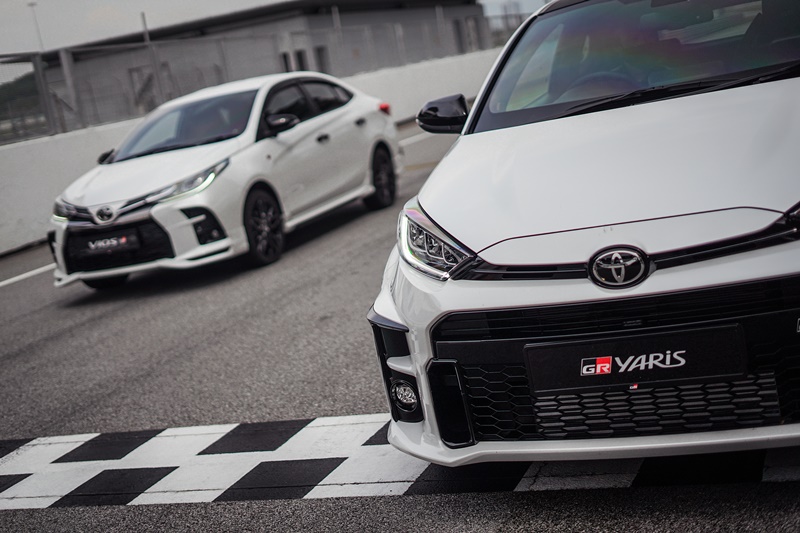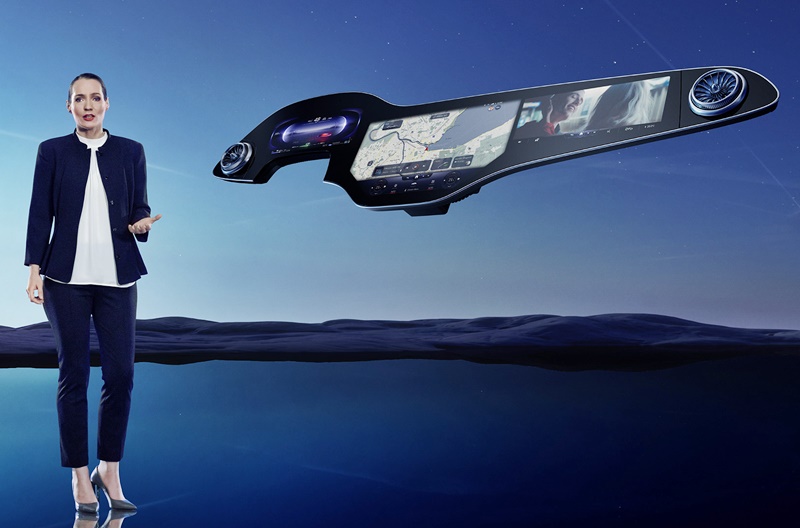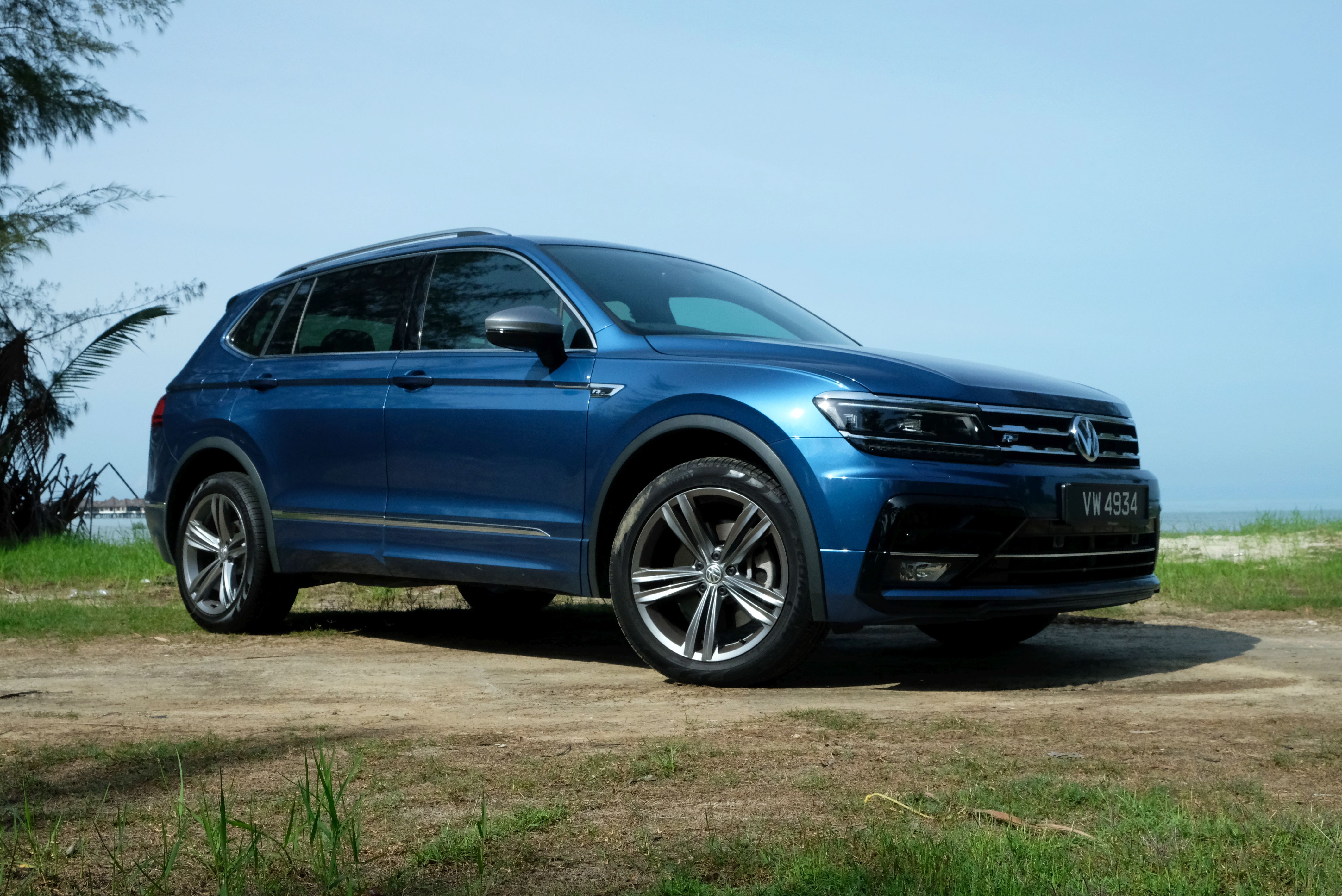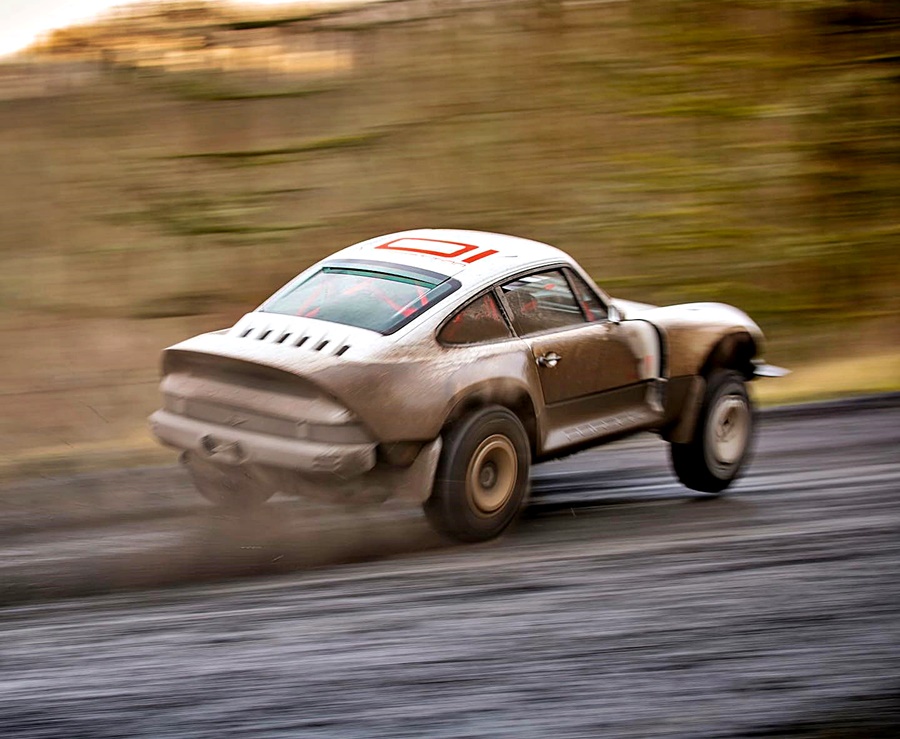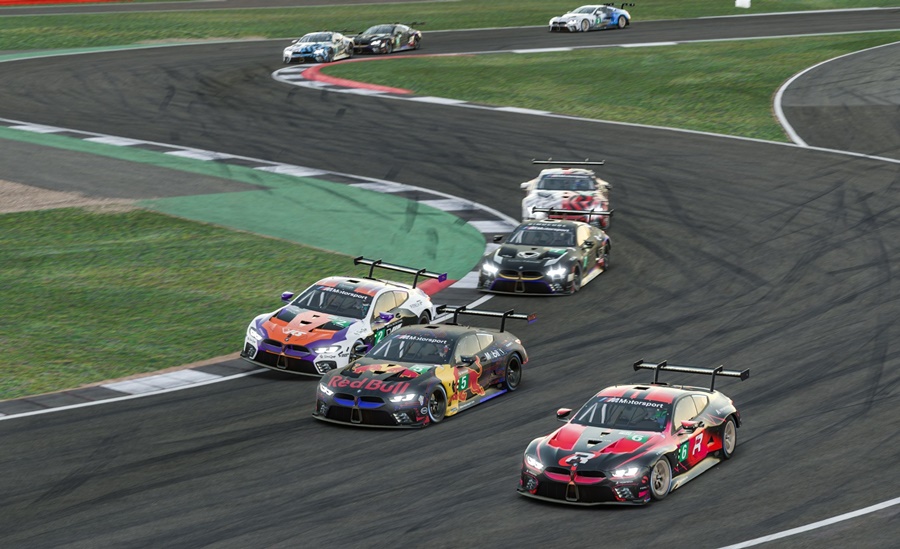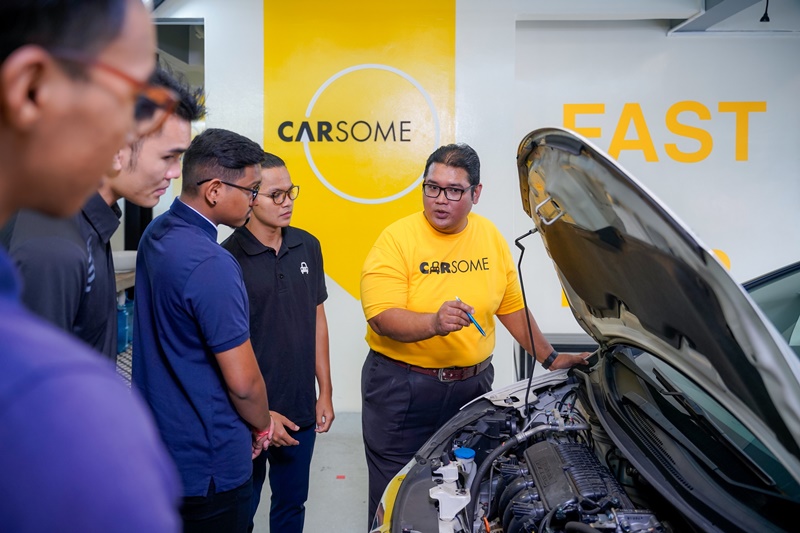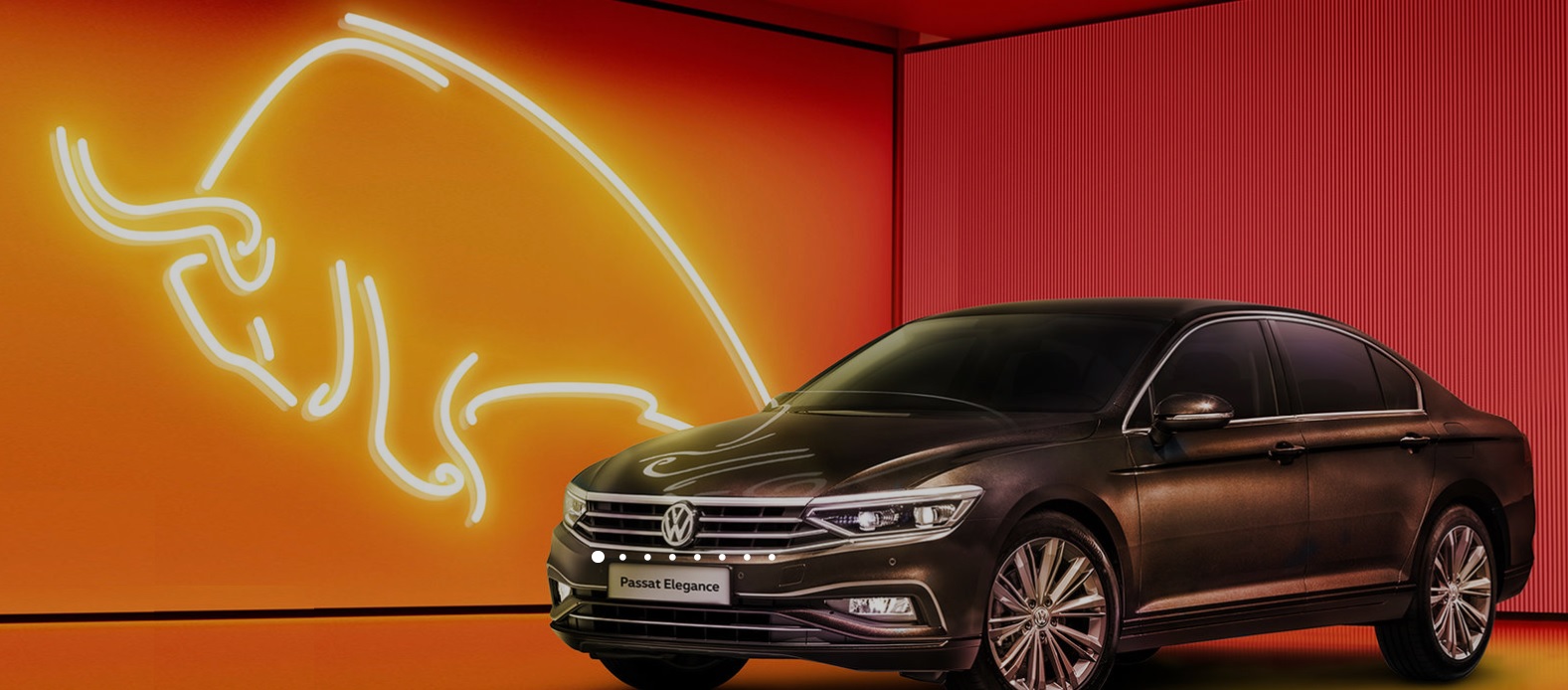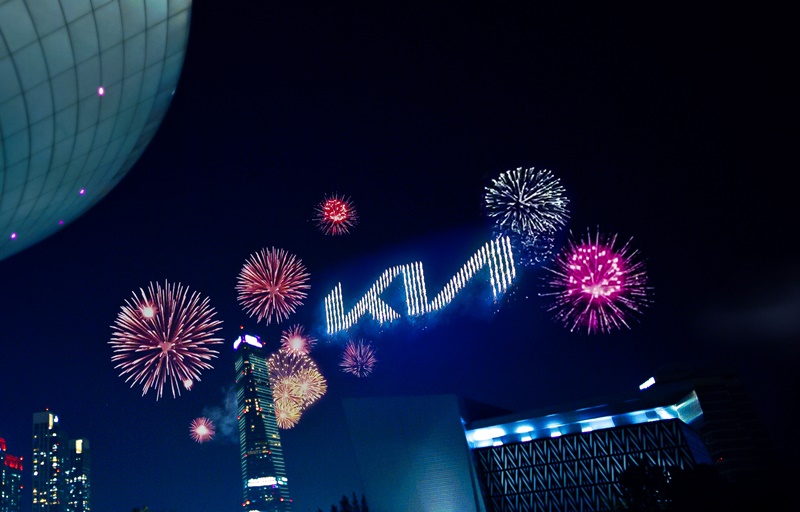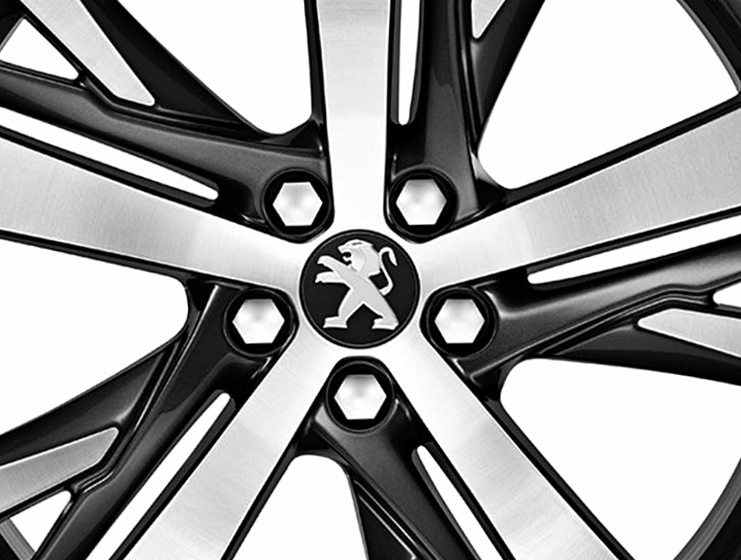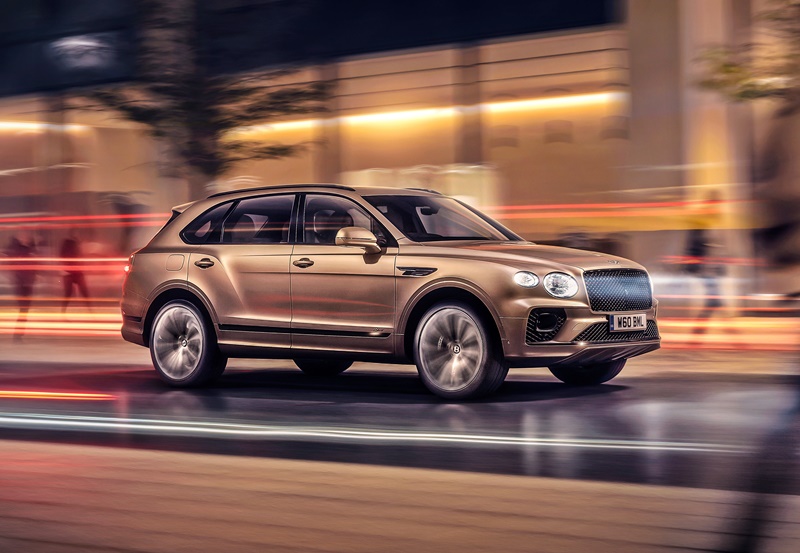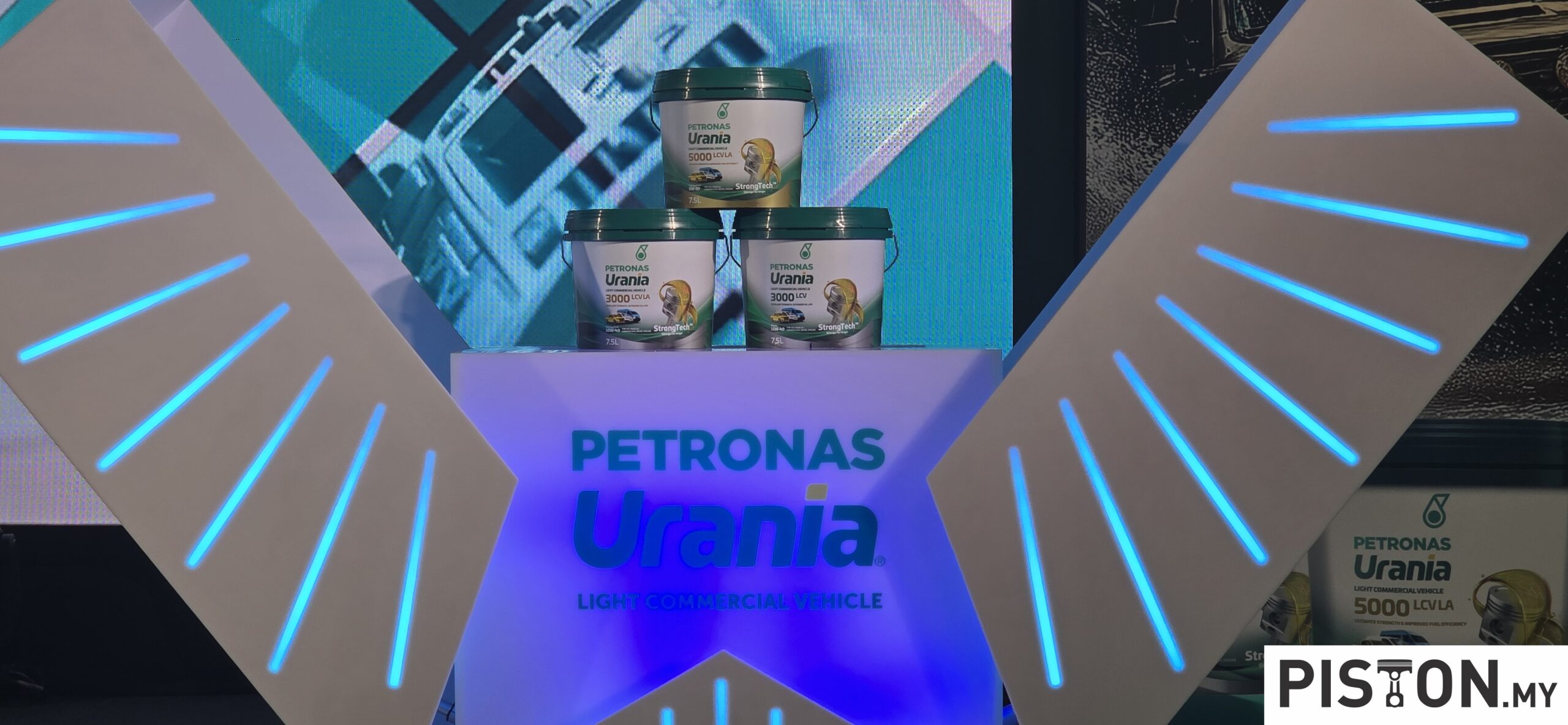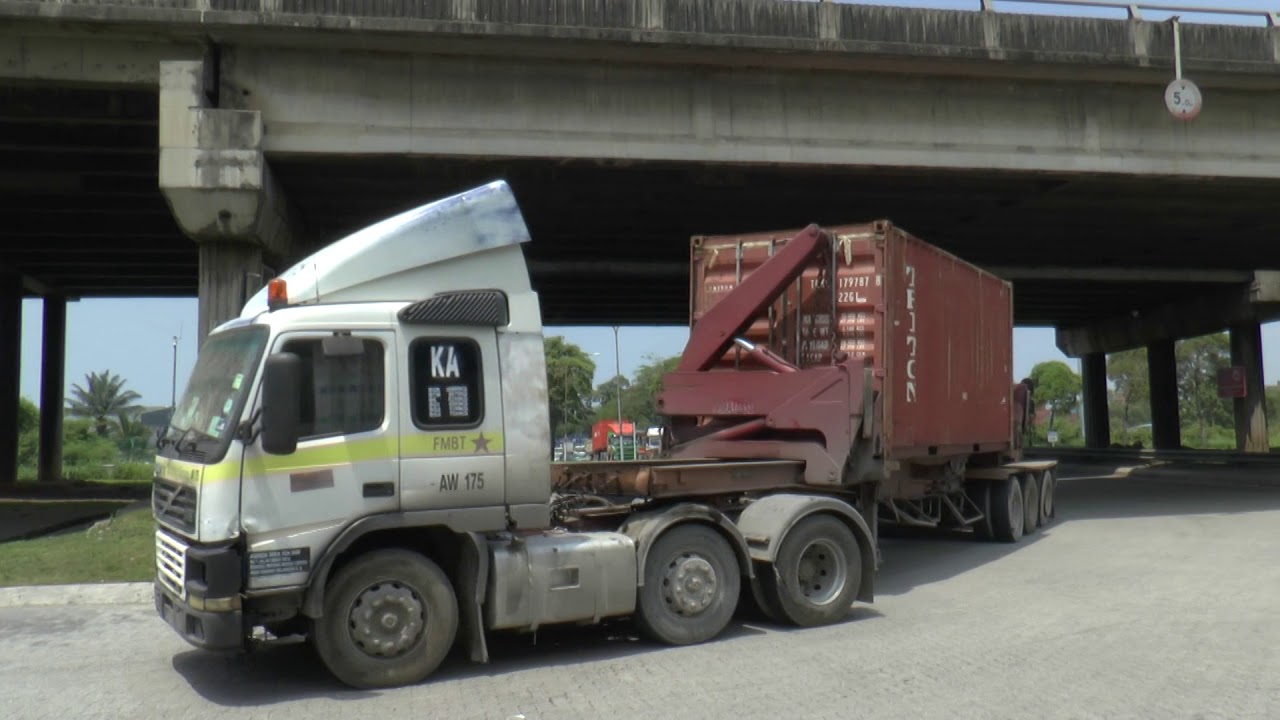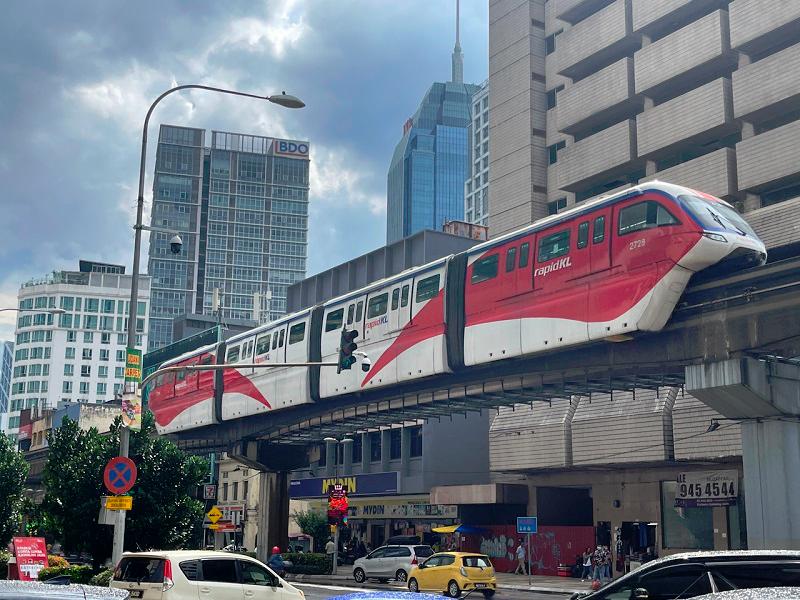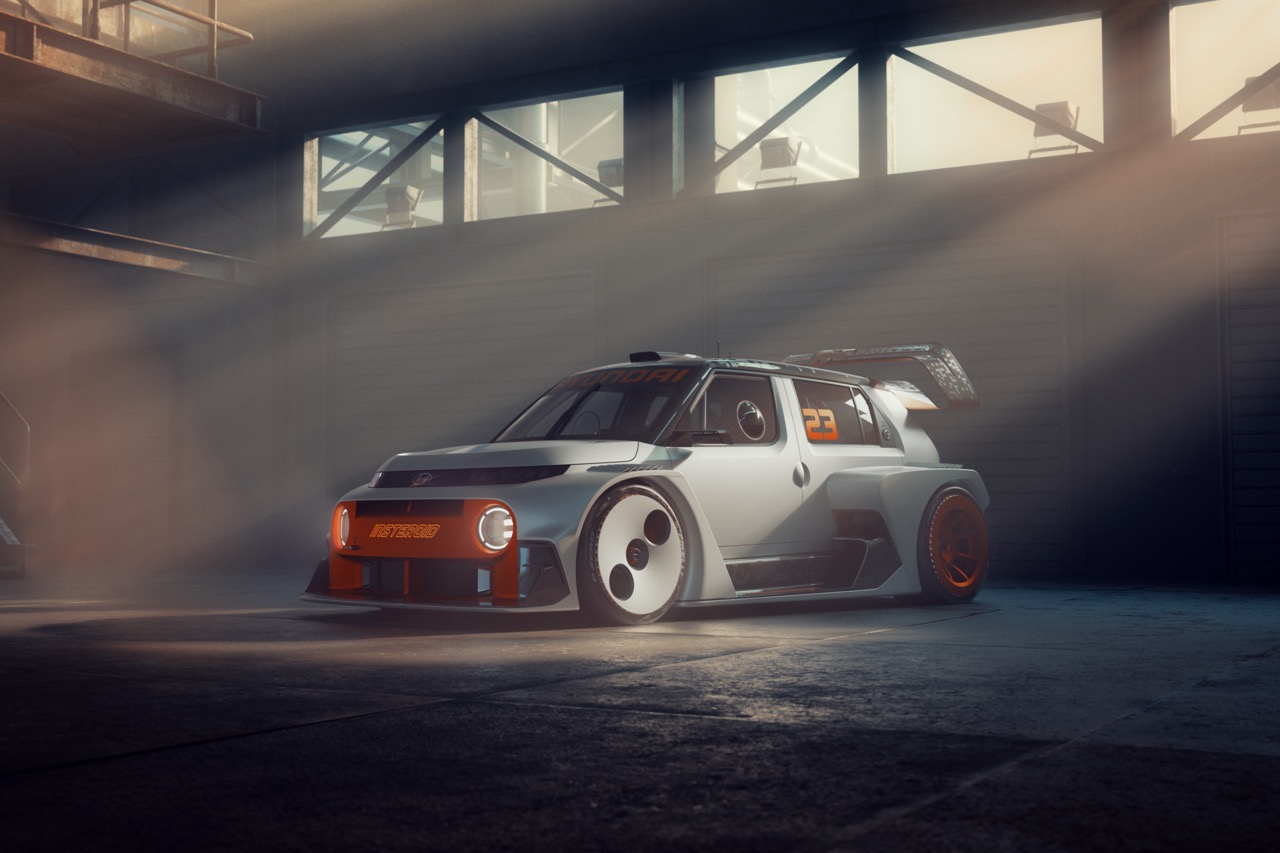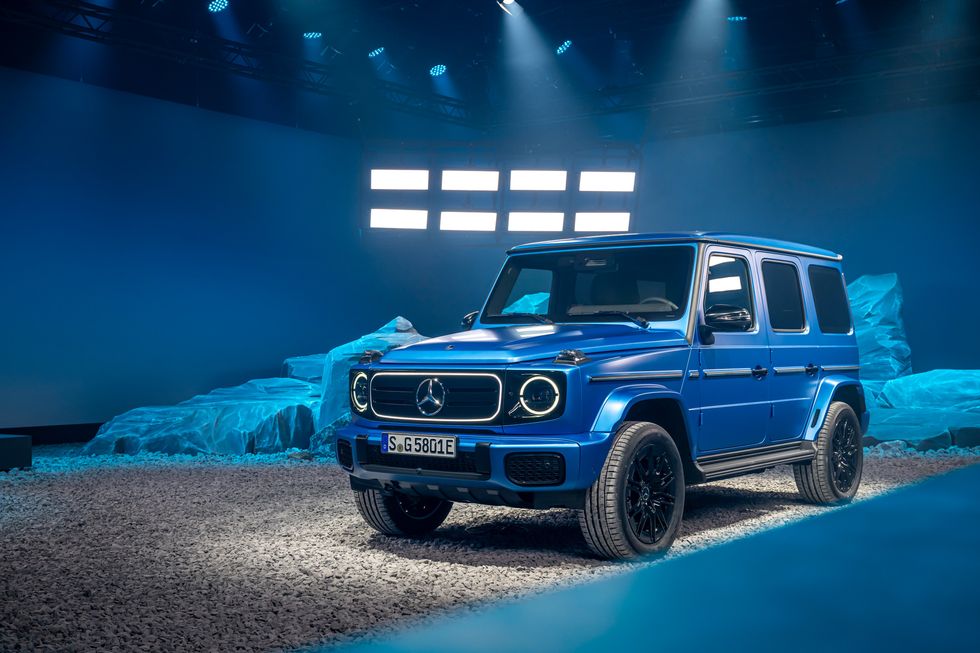Hot on the heels of the new Ford Ranger Raptor which we reviewed recently, Mitsubishi Motors Corporation (MMC) recently announced the world premiere of the new TRITON/L200 1-ton pickup truck in Bangkok, and is to start sales in Thailand on November 17. Here are some exclusive photos of the launch from our friends at AutoIndustriya.com!
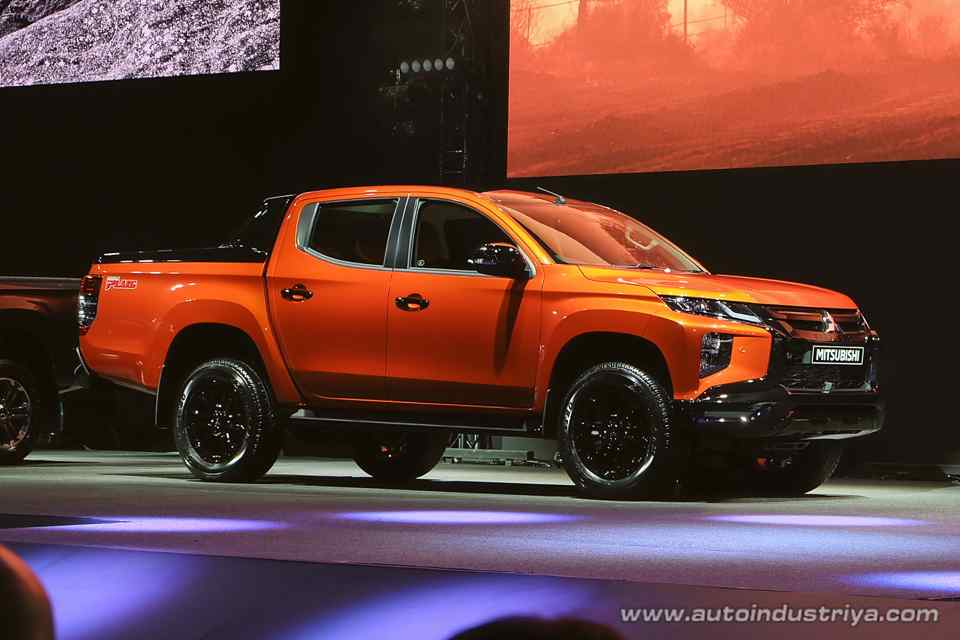
The New TRITON/L200 is the latest version of a model which is celebrating its 40th birthday this year, and is produced at the Laem Chabang Plant operated by Mitsubishi Motors (Thailand) Co. Ltd. (MMTh), MMC’s producer and distributor in Thailand. To read the full launch report from AutoIndustriya.com, click this link.
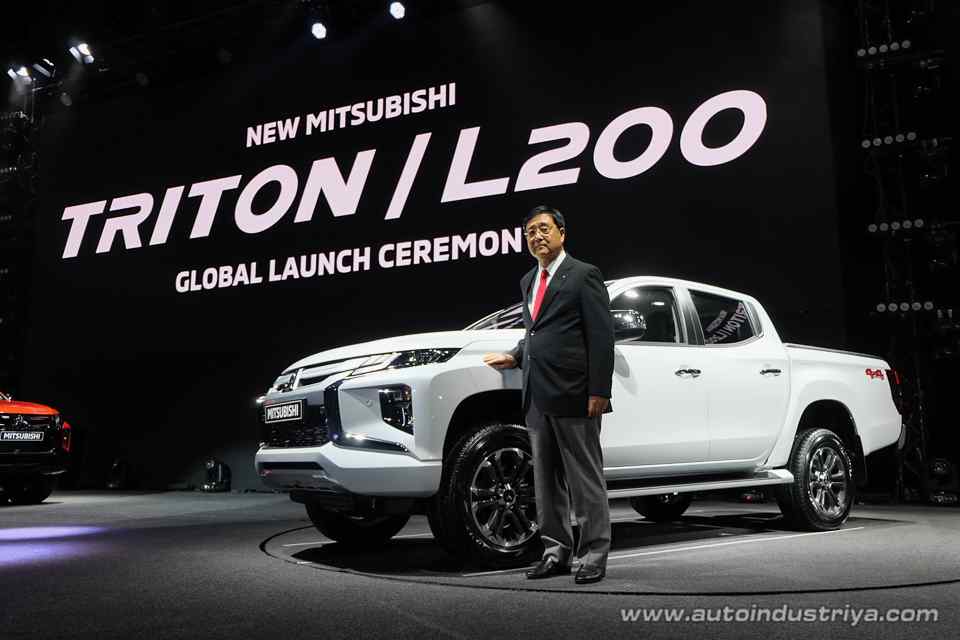
The vehicle is a global strategic model which, following its Thai launch, will be launched in the other ASEAN markets as well as Oceania, the Middle East, Europe, Africa and Latin America. Eventually it will be sold in some 150 countries around the globe.
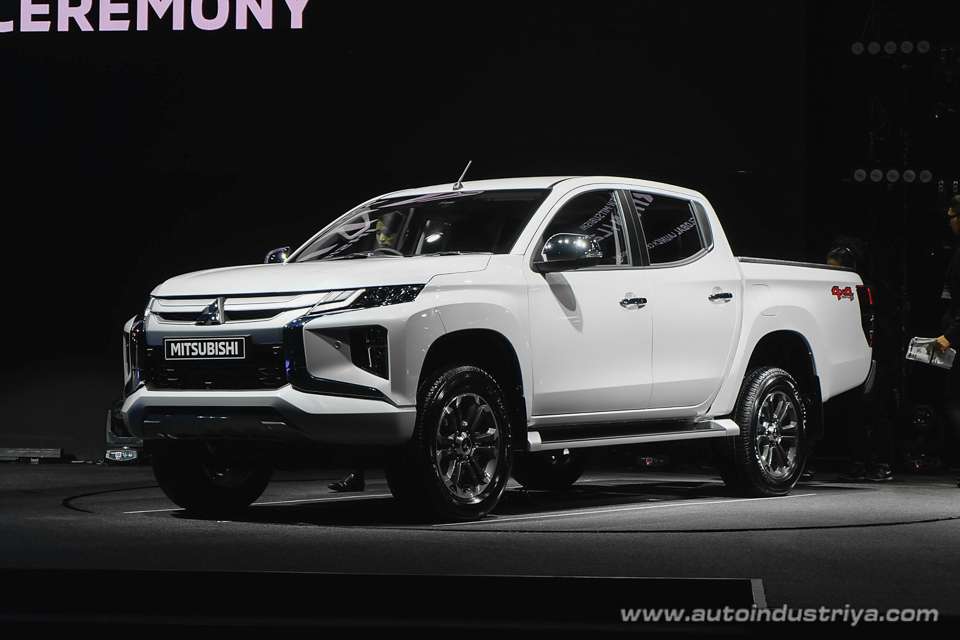
On the occasion of the world premiere, Mitsubishi Motors CEO Osamu Masuko stated: “The New TRITON/L200 is one of our most important global strategic models. Its success will accelerate the momentum of the company’s sustainable growth. The new model brings enhancements to the durability, reliability and comfort developed over the 40 years since the introduction of the series. “I am fully confident the New TRITON/L200 will meet the diverse needs and wishes of our customers around the world.”
Photo Gallery (Photos courtesy of www.AutoIndustriya.com)
More on the new 2019 Mitsubishi Triton…
The New TRITON/L200 has been developed to embody the Engineered Beyond Tough keyphrase which underlined its creation. Elements making it significantly more competitive include: more powerful styling that incorporates the latest iteration of the Dynamic Shield front design concept; an enhanced 4WD system that delivers improved off-road performance, and the latest in active safety and driver assistance systems. Overall, the new model features significant refinements to the durability and reliability required by the commercial user and to the comfort and ride sought by the private user.
- Powerful “Engineered Beyond Tough” Design
The New TRITON/L200 a revitalized design under the concept “Rock Solid” that embodies, both inside and out, the full essence of its “Engineered Beyond Tough” development keyphrase – a toughness fully underpinned by engineering prowess and knowhow.
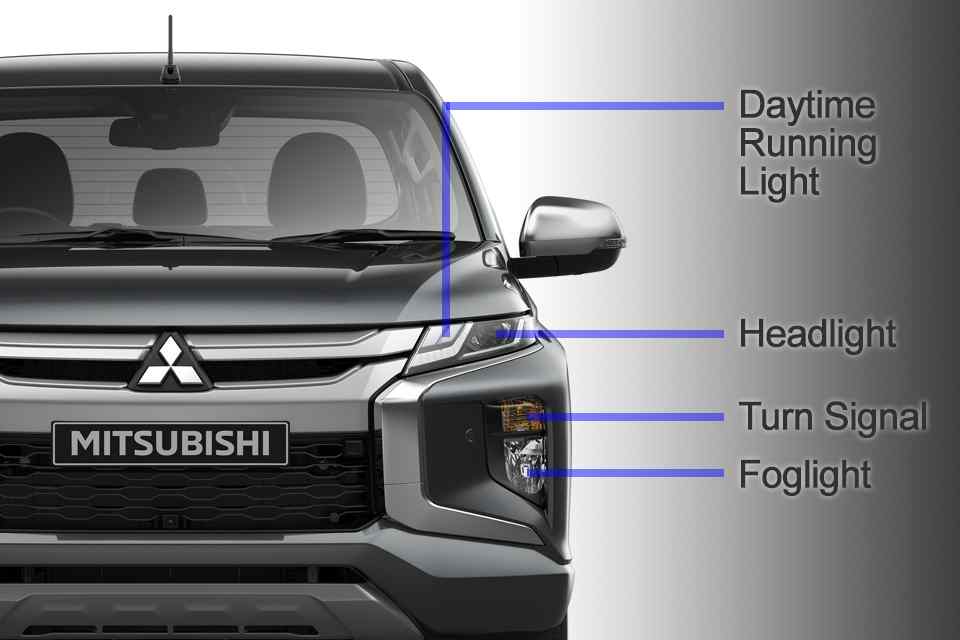
Front view
The front face incorporates the new-generation “Dynamic Shield” front design concept. The high engine hood line and beefier-looking lamps located higher up give the new model a more powerful and imposing front face.

Side & rear view
Newly sculpted body curves with contrasting sharp lines, extended wheel flares and bright accents embody the strength of a Mitsubishi Motors’ truck and add modernity. The lighting and bumper parts become part of the tough design, framing the front and rear designs and adding visual width.
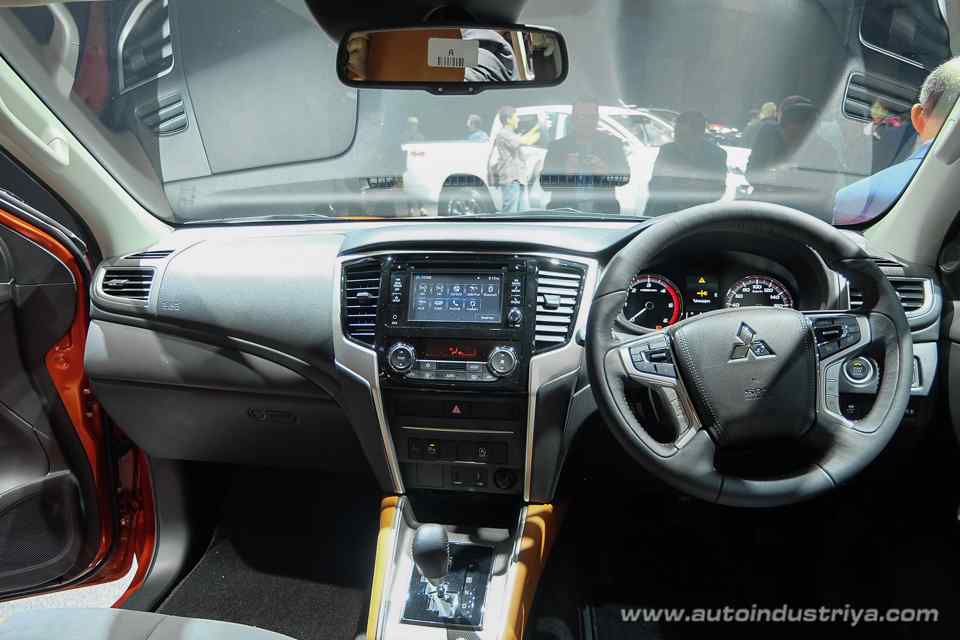
Interior
The restyled inside of the Triton expresses modern a modern and robust feeling with frame surroundings for the switch panel and air outlets. A high quality look is created by soft pad materials and stitching on the floor console, armrests and parking brake.
- 4WD System Gives Enhanced All-terrain Performance
New TRITON/L200 4WD models are fitted with either Super-Select 4WD, which delivers optimum traction and handling characteristics for any given surface, or Easy-Select 4WD, which simplifies switching between drive modes for different road surfaces. With the addition of new drive modes, both 4WD systems deliver improved off-road performance.
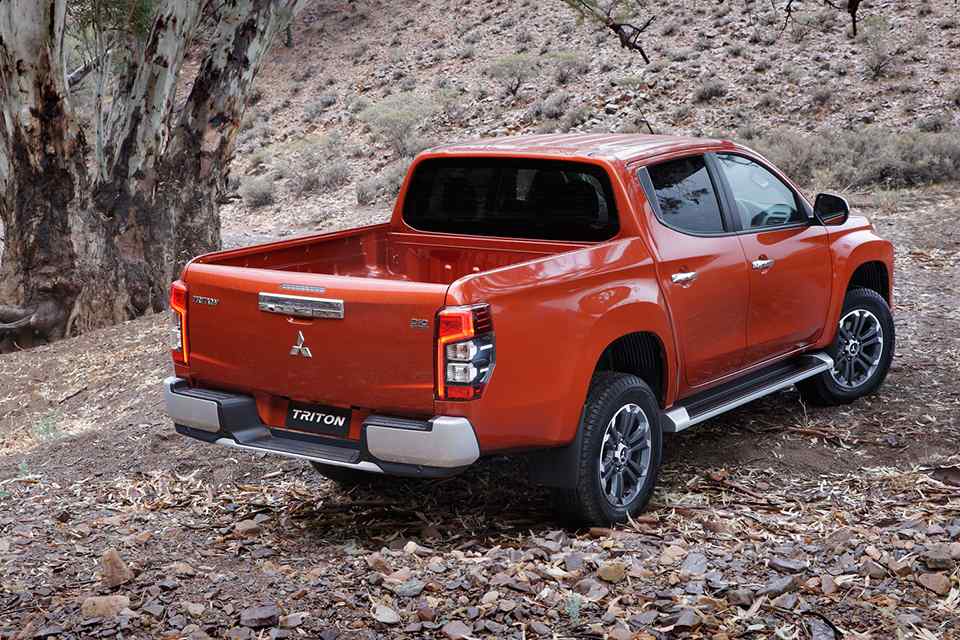
New Off-road Mode
Both Super-Select and Easy-Select 4WD systems use a new Off-road Mode which has GRAVEL, MUD/SNOW, SAND and ROCK (in 4LLc only) settings. When engaged, Off-road Mode integrally controls engine power, transmission and braking to regulate the amount of wheel slip and thereby maximize all-terrain performance and self-extraction performance in mud or snow.
Hill Descent Control
Vehicle speed is electronically controlled to allow the driver to negotiate steep or slippery descents more safely and with more assurance.
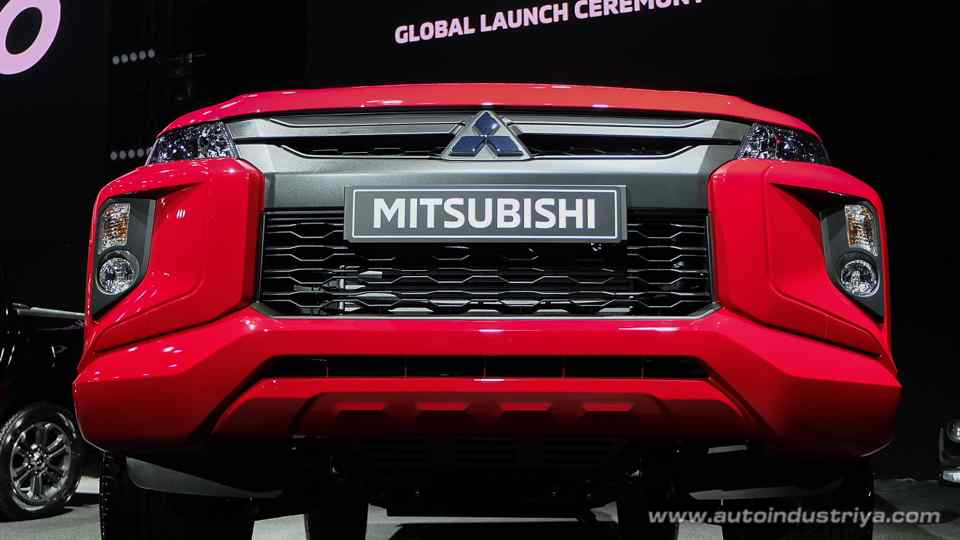
- Active Safety / Driver Assistance Systems
New TRITON/L200 retains the current model’s high-durability, high-reliability ladder-type frame and high impact-safety cabin structure while featuring class-leading advanced active safety and driver assistance systems.
Systems providing all-direction safety and reassurance are:
- Forward Collision Mitigation (FCM), which can detect vehicles and pedestrians ahead;
- Blind Spot Warning (BSW with LCA), which helps avoid sideswiping another vehicle when changing lanes by detecting vehicles behind or at the rear quarter and alerting the driver with an audible alert and flashing light in their door mirror;
- Rear Cross Traffic Alert (RCTA) which, in the same way, helps avoid collisions when reversing;
- Ultrasonic Misacceleration Mitigation System (UMS) which reduces accidents resulting from improper use of the accelerator when moving off or reversing in car parks and other confined spaces.
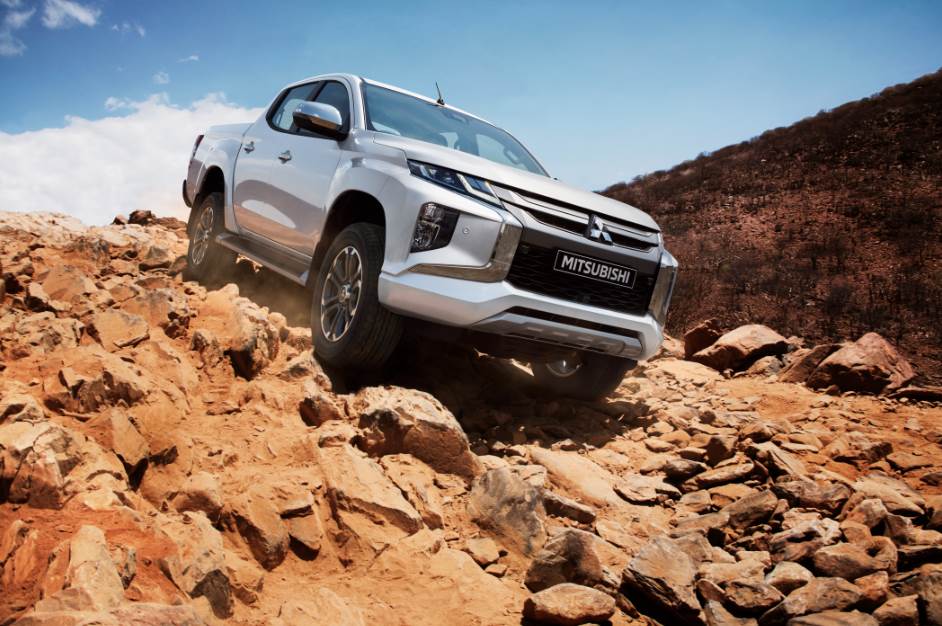
Providing convenient driver assistance are the Multi Around Monitor, which generates a bird’s eye view image of the area around the vehicle, and Parking Sensors.
- Pickup Truck Performance & Functionality
The New TRITON/L200 features many detail improvements, directed by the Engineered Beyond Tough development keyphrase, to the durability and reliability sought in commercial use and to the comfort and ride sought in private use. Braking performance and feel are improved with the use of larger front discs and caliper pistons; Ride is improved with the use of larger rear dampers which contain more damping oil; Changing to a 6-speed A/T from the current 5-speed A/T to allow smoother, more powerful acceleration and improved refinement.
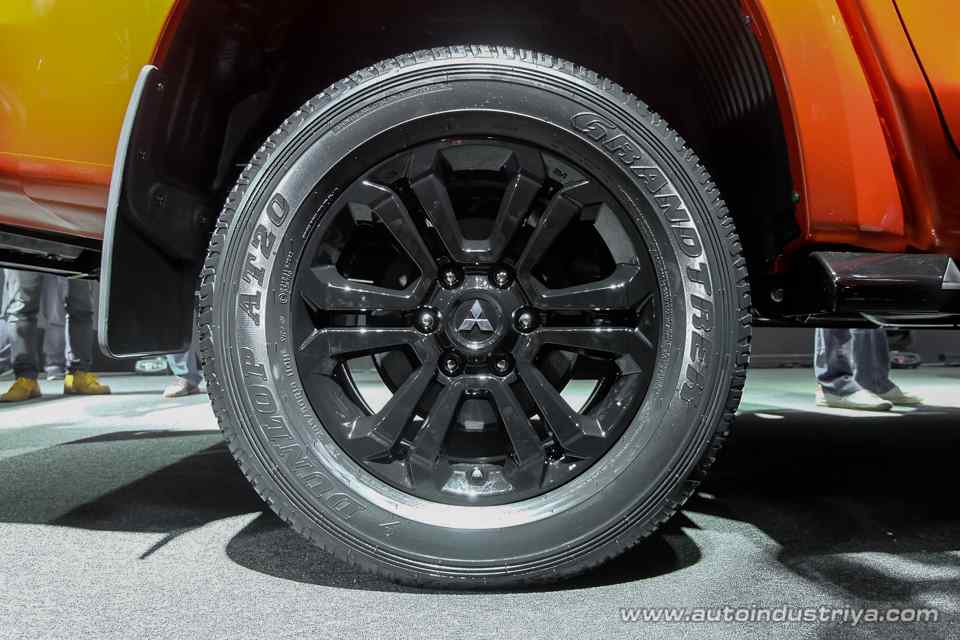
Roll-out Plans
Following its start of sales in Thailand on November 17th, the New TRITON/L200 is scheduled to be rolled out sequentially in the company’s markets in ASEAN, Oceania, the Middle East, Europe, Africa and Latin America, eventually going on sale in some 150 countries around the globe. MMC plans to sell some 180,000 units of the new and current models this fiscal year. TRITON/L200 is a core global strategic model and is MMC’s second biggest seller, following Mid-size SUV Outlander in the MMC lineup last fiscal year.
Mitsubishi Motors Malaysia (MMM) plans in Malaysia
Mitsubishi Motors Malaysia (MMM) will be having an official preview of the New Triton at the Kuala Lumpur International Motor Show 2018 at the Malaysia International Trade and Exhibition Centre (MITEC) from 23 November to 2 December.
Alternatively, the public may view the new Triton at the following locations:
| Region |
Date |
Venue |
Time |
|
Peninsular Malaysia |
7-9 December |
My Town |
10.00am-10.00pm |
| 17-23 December |
IOI Puchong Mall |
10.00am-10.00pm |
| 10-13 January |
Aman Central Mall |
10.00am-10.00pm |
| 23-27 January |
IOI City Mall |
10.00am-10.00pm |
| East Malaysia |
11-13 January |
Karamunsing Mall |
10.00am-10.00pm |
| 11-13 January |
Imperial Permaisuri Mall |
10.00am-10.00pm |
| 18-20 January |
The Spring Shopping Mall |
10.00am-10.00pm |
MMM will also plan to hold a special display of the New Triton in Johor Bahru. Those who are interested are encouraged to register for interest at http://mitsubishi-motors.com.my/new-triton-teaser/ for display locations and for further information about the New Triton.




